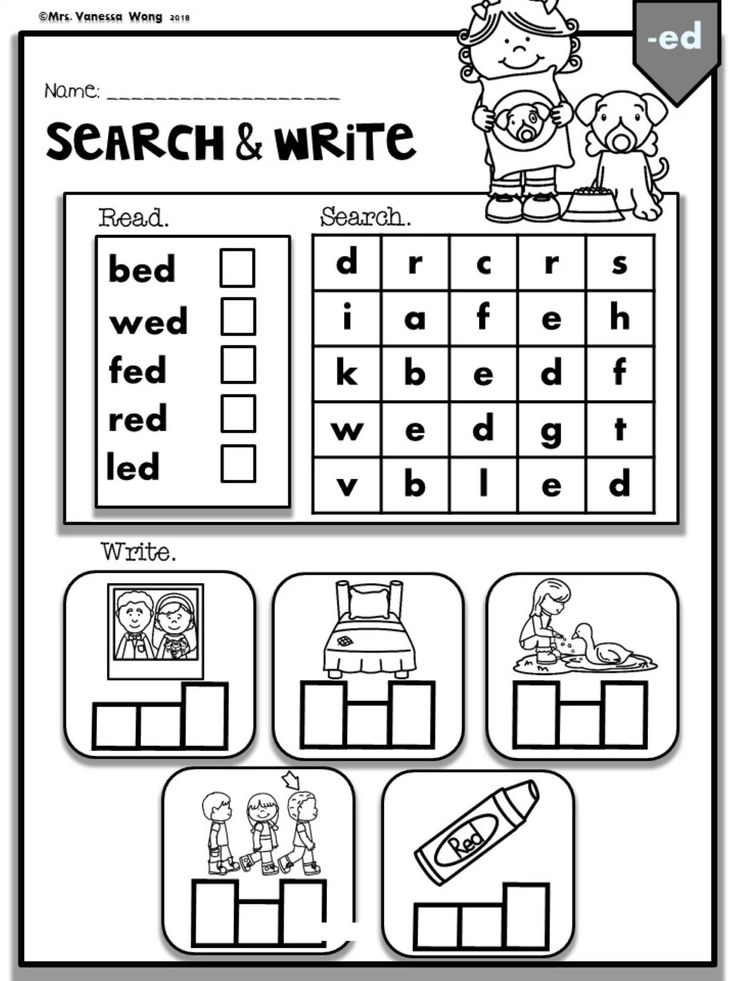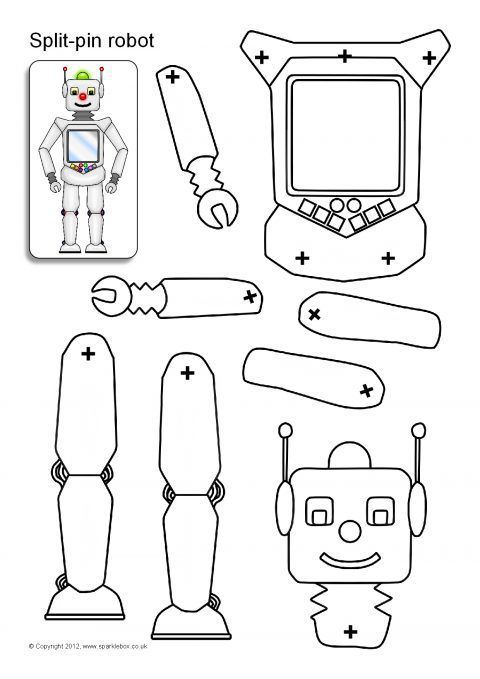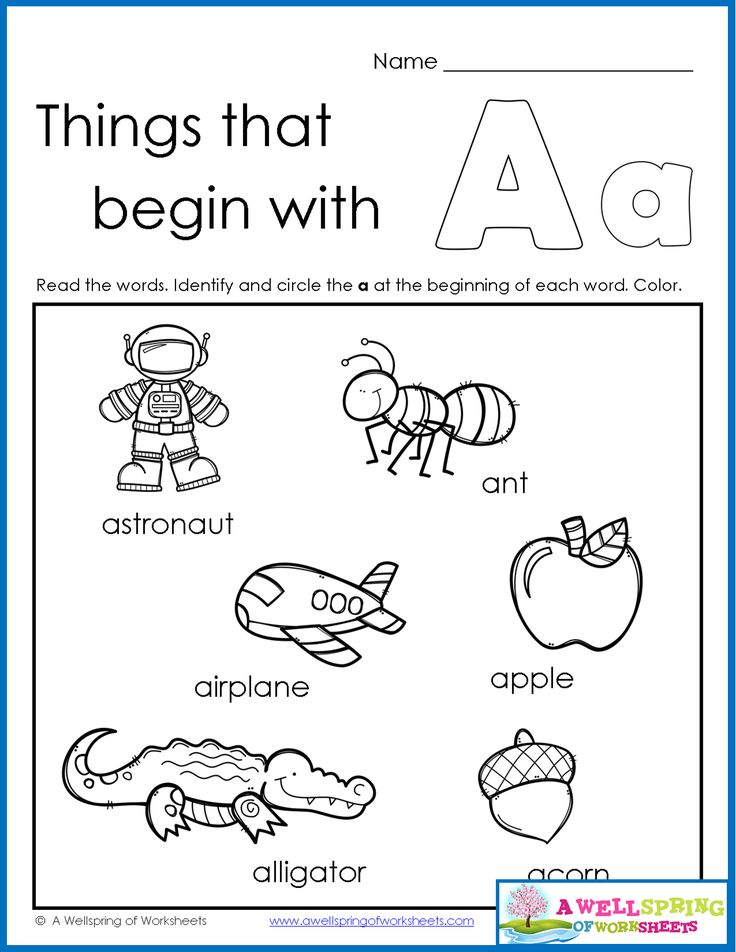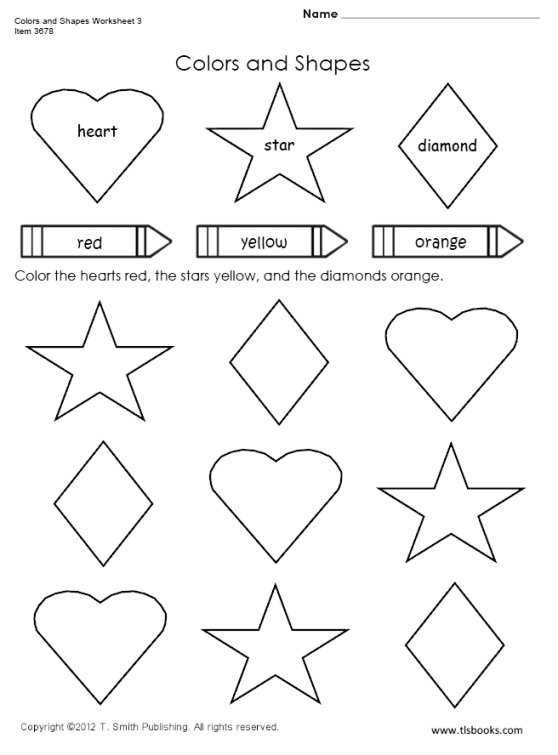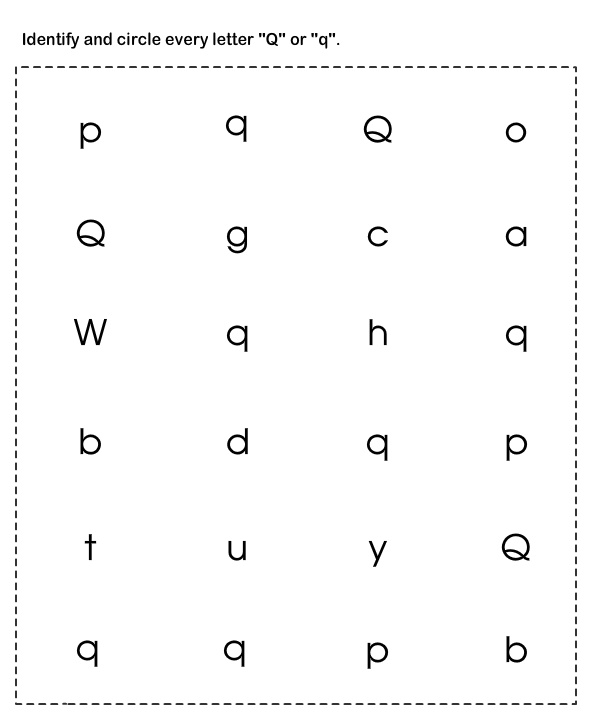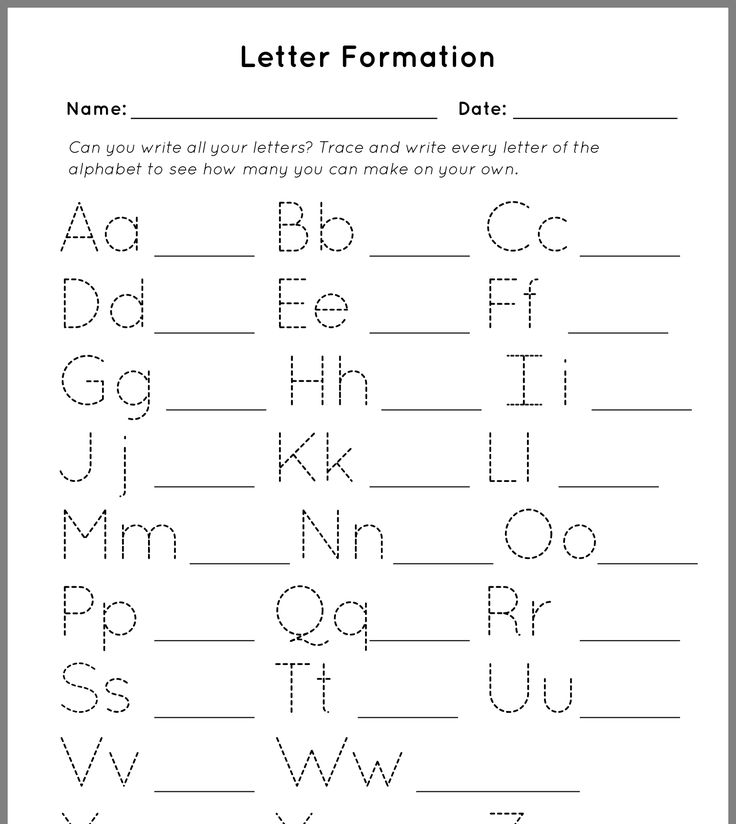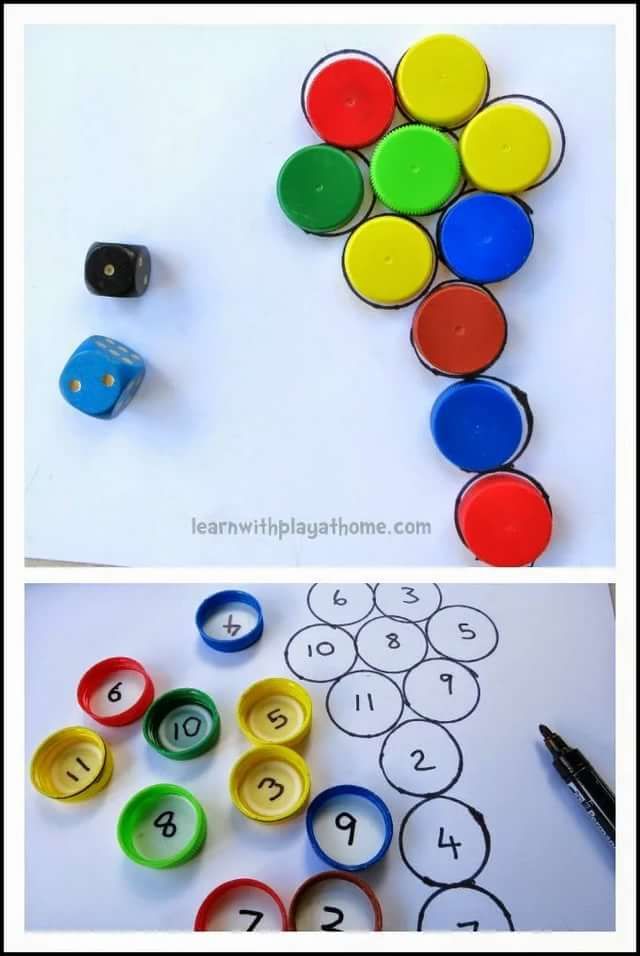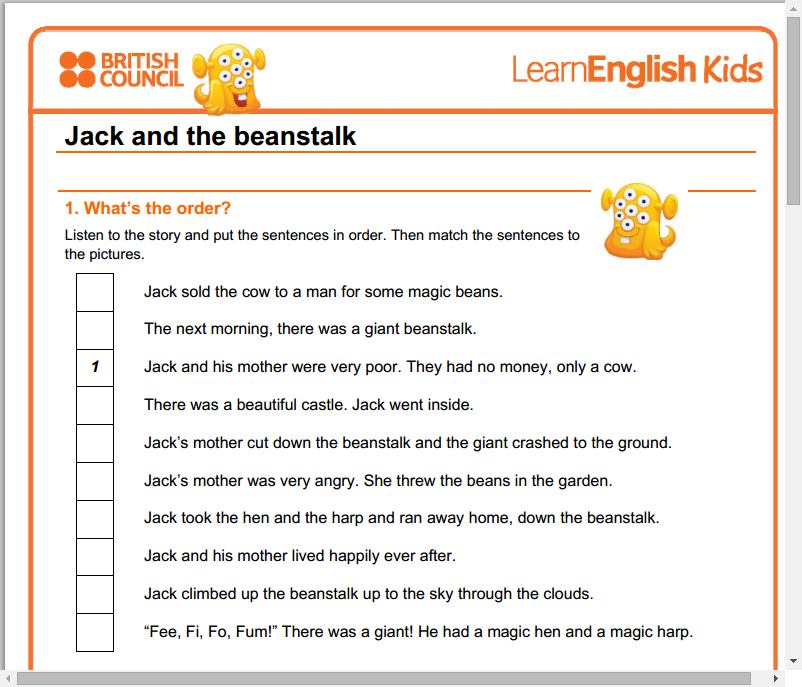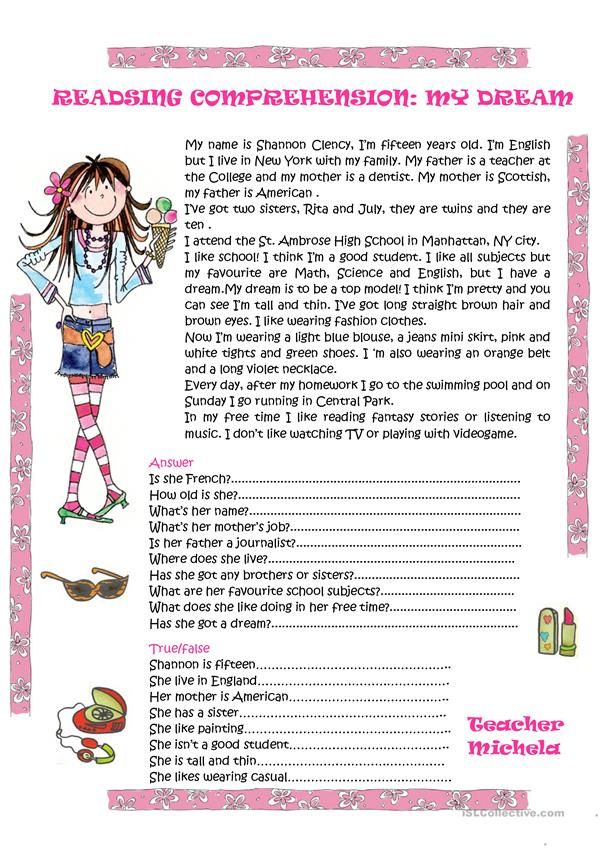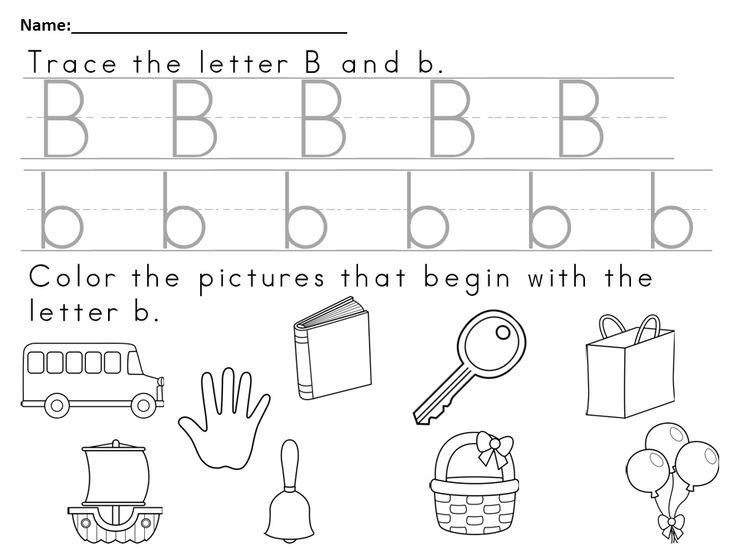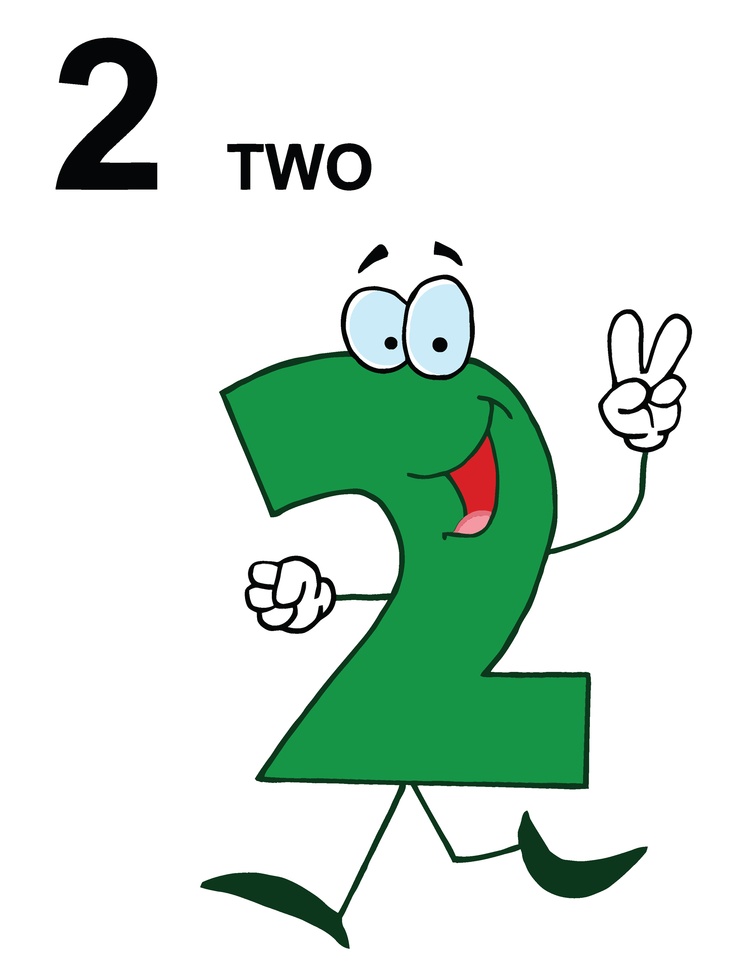Teaching to read worksheets
Early Literacy
Alphabet Worksheets
Students will trace, color, and write letters on these alphabet worksheets.
Mini-Books
Assemble and read these simple mini-books for very young readers.
Poems and Poetry
Looking for cute poems to share with your class? We have lots!
Printing Letters
Trace and print each letter of the alphabet. We have worksheets with upper and lowercase letters.
Phonics Worksheets
We have a page of worksheets for each consonant and vowel sound, as well as blends and digraphs.
Phonics: Consonant Blends
This page will link to you hundreds of phonics worksheets for teaching consonant blends.
Phonics: Vowel Sounds
Practice reading and recognizing words with long and short vowel sounds.
Phonics Word Wheels
Assemble the word wheels. Then kids can read the word family words aloud as you spin the wheels.
Rhyming Worksheets
Learn about rhyming words with these activities.
Sentences (Basic Building Sentences)
With these cut-and-glue activities, young children can build very simple sentences.
Sentences (Basic Writing)
Write basic sentences with simple, repeated beginnings. Easy writing activities for Kindergarten and first graders.
Sight Word Units
We have an entire curriculum of 30 sight word units. Each unit has a take-home list, practice worksheets, reading practice tools, and assessment sheets. We recommend doing one unit per week.
Sight Words (Individual Words)
Here you'll find a list of over 150 sight words. Each word has a several worksheets. (For example, you'll find several worksheets for teaching students to read and write the word that.)
(For example, you'll find several worksheets for teaching students to read and write the word that.)
Sight Words (Dolch Words)
Use these flashcards, bingo games, checklists, and worksheets to help your students master all 220 Dolch sight words.
Sight Words (Fry Words)
We have word wheels, games, and worksheets to help your kids master the Fry Instant Sight Words.
Word Family Units
This page contains a collection of word families units. Includes -an words, -am words, -ear words, -ack words, -ail words, and dozens more. Each unit contains worksheets, word wheels, flashcards, and sliders.
See Also:
First Grade Reading Comprehension
We have simple reading comprehension passages with questions for first graders.
First Grade Spelling
We have a full first grade spelling curriculum, complete with printable word lists, worksheets, and test forms.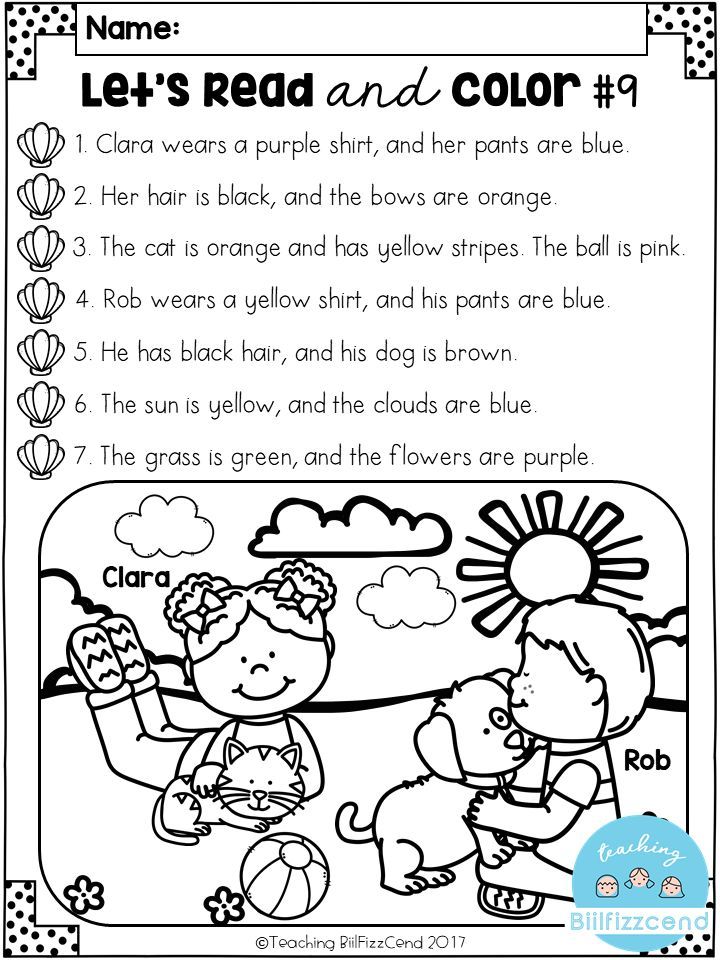
Kindergarten Worksheets
We have hundreds of worksheets and printable activities for Kindergarten and Pre-Kindergarten students. Browse the entire collection.
Theme Printables
Themes include farm worksheets, zoo animal printables, sea life activities, and apple worksheets.
Reading Comprehension Worksheets | Online or Printable
Here are a bunch of free reading comprehension worksheets. These will help students master reading skills. You can print, edit, or complete these worksheets online. Try the nonfiction or short story reading worksheets to cover general reading skills. Or focus on specific reading skills like making predictions.
- Nonfiction Passages with Questions
- Short Stories with Questions
- Inferences Worksheets
- Main Idea Worksheets
- Theme Worksheets
- Story Structure Worksheets
- Characterization Worksheets
- Setting Worksheets
- Summary Worksheets
- Making Predictions Worksheets
Nonfiction Passages with Questions
TV
Where would American culture be without TV? Television has impacted society in profound ways.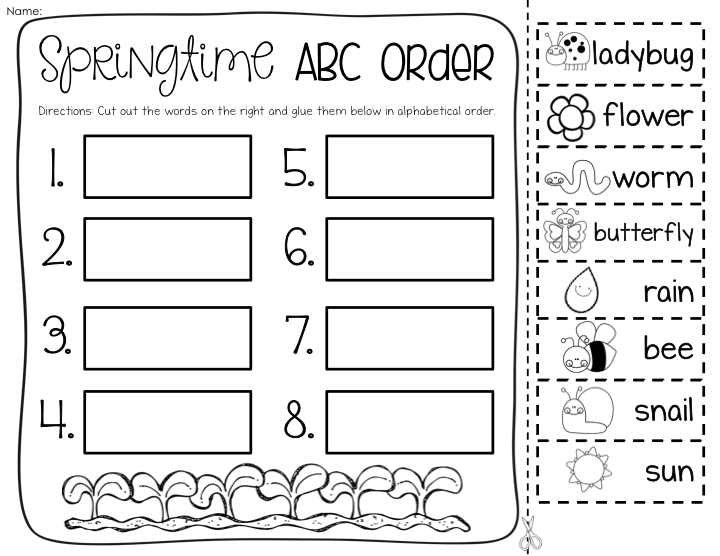 Modern streaming options may be taking over living rooms today, but TV has played a significant role in culture since its creation. Learn about its history and answer multiple-choice and long response questions in this reading test. Suggested reading level for this text: Grade 1-5.
Modern streaming options may be taking over living rooms today, but TV has played a significant role in culture since its creation. Learn about its history and answer multiple-choice and long response questions in this reading test. Suggested reading level for this text: Grade 1-5.
Chess
Chess has been played for hundreds of years. This test covers some basics of the game of kings. This test is for earlier readers, but the multiple-choice and long response questions are rigorous and aligned with Common Core State Standards. Suggested reading level for this text: Grade 1-5.
Seat Belts
Wearing your seat belt is such a simple thing, but it can save your life. Find out why in this short persuasive text, and then answer Common Core aligned multiple-choice and extended-response questions. This is more great practice for standardized tests. Suggested reading level for this text: Grade 2-6.
Tetris
There's a reason why Tetris is the most popular video game of all time.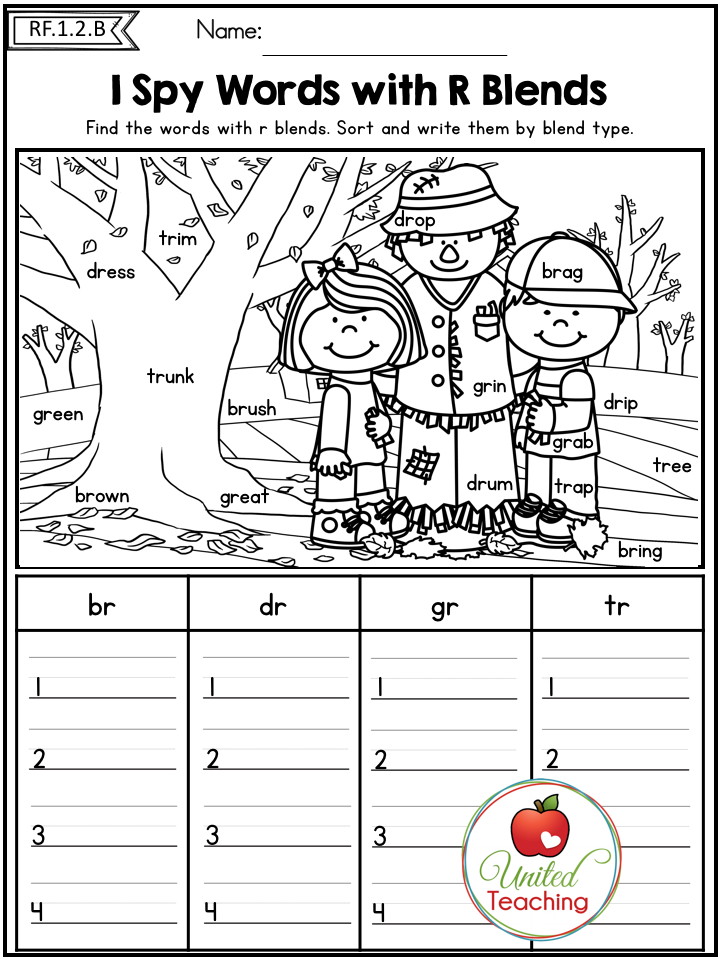 Learn about this classic game and then answer multiple-choice and long response questions in this fun and exciting reading practice test. Suggested reading level for this text: Grade 2-6.
Learn about this classic game and then answer multiple-choice and long response questions in this fun and exciting reading practice test. Suggested reading level for this text: Grade 2-6.
The Coliseum
The Coliseum is one of the world's most recognizable images. Learn about its rich and interesting history and then answer multiple-choice and extended response questions. Suggested reading level for this text: Grade 2-6.
The Pony Express
The Pony Express was the fastest way to get mail from California to the rest of the nation in the early 1860s. The exciting nature of the enterprise has earned the Pony Express a place in American folklore. Learn about the Pony Express in this text and answer multiple-choice and extended response questions based on the passage. Suggested reading level for this text: Grade 2-6.
Metal Detectors
Metal detectors aren't just for treasure hunters. Find out some of the ways that metal detectors are used in our society in this text.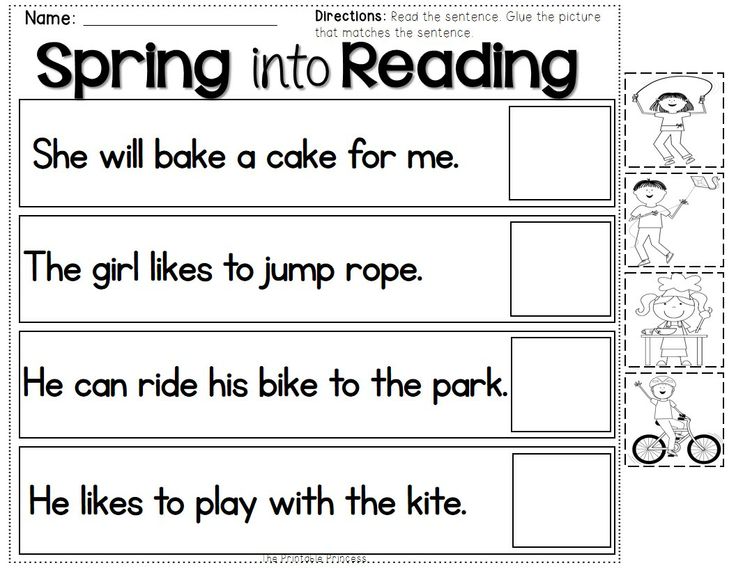 Then answer multiple choice and extended response questions. Suggested reading level for this text: Grade 2-6.
Then answer multiple choice and extended response questions. Suggested reading level for this text: Grade 2-6.
Wintertime
Wintertime can be rough. Getting through the wintertime is harder on some species than on others. Learn about how different animals survive the winter and then answer multiple-choice and long response questions. Suggested reading level for this text: Grade 2-6
Redwoods and Arms Races
Redwoods are known for being the largest trees in the world. Why do they grow so tall? How does that affect their lives? How does that connect to human activity? Learn more by reading this interesting text. Suggested reading level for this text: Grade 3-7.
Black Friday
The day after Thanksgiving is known as Black Friday. It is the most notorious shopping day of the year. Learn about this cultural phenomenon in this short text and then answer multiple-choice and long response questions. Suggested reading level for this text: Grade 3-7.
Money
Money is a great way to get students' attention.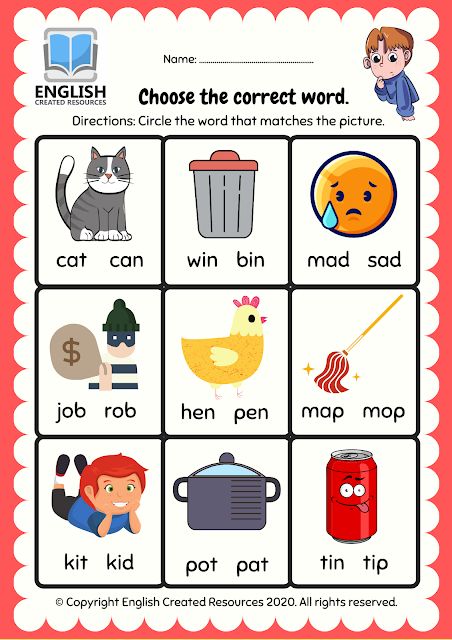 This passage summarizes the origins and evolution of money. Readers answer multiple-choice and long-response questions. Suggested reading level for this text: Grade 3-7.
This passage summarizes the origins and evolution of money. Readers answer multiple-choice and long-response questions. Suggested reading level for this text: Grade 3-7.
Hummingbirds
Hummingbirds are some of nature's most interesting creatures. Students will learn about these remarkable creatures while answering multiple-choice and extended response questions in this activity. Suggested reading level for this text: Grade 3-7.
The Act of Reading
This is a reading passage about reading. Isn't that meta? The passage questions why so many students work so hard to get out of reading assignments in this short persuasive piece. Of course, this activity includes multiple-choice and extended-response questions after the passage. Suggested reading level for this text: Grade 3-7.
Y2K
Computers control so many aspects of our lives. As a society, we depend on them in many regards. What if these systems went down? This passage explains the Y2K bug to readers.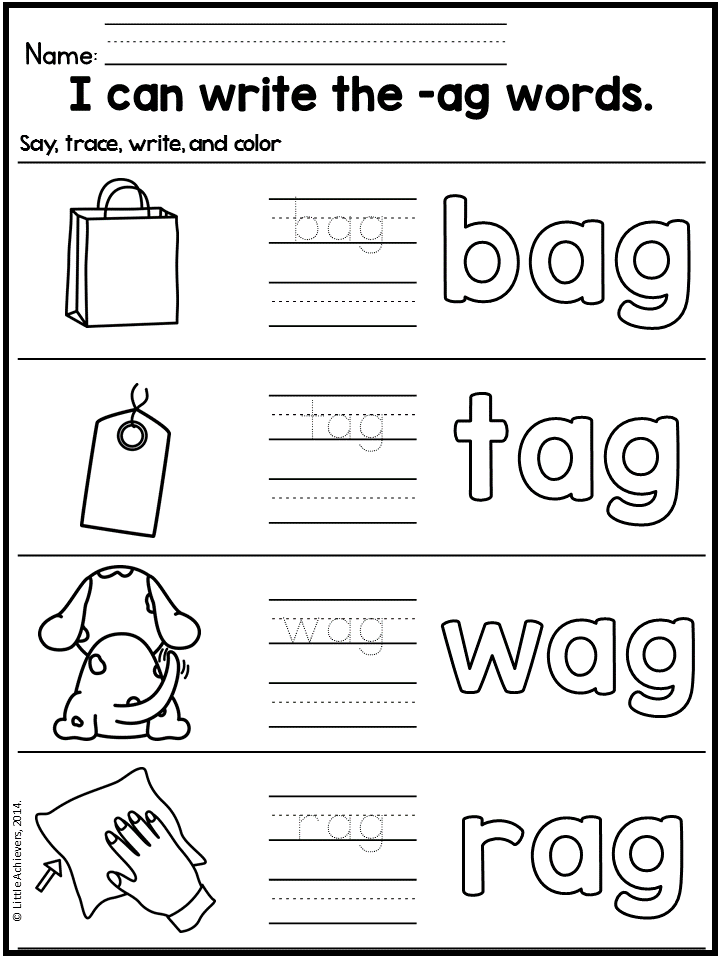 Students answer multiple-choice and extended response questions. Suggested reading level for this text: Grade 3-7.
Students answer multiple-choice and extended response questions. Suggested reading level for this text: Grade 3-7.
The Cobra Effect
Our actions can have far reaching consequences. Sometimes these consequences can surprise us. Learn about a phenomenon known as the cobra effect and answer comprehension and inference questions. Suggested reading level for this text: Grade 4-8.
Hyperinflation
Paper money is a funny thing. The only value it really has is given to it by society. This value can change rapidly under certain conditions. Learn more about hyperinflation in the Weimar Republic (Germany) after World War I in this interesting short passage. Then answer Common Core aligned multiple-choice and extended-response questions. Suggested reading level for this text: Grade 4-8.
Mad Hatters
Hatters are people who make hats. Historically, hatters have been associated with madness. This nonfiction passage explores the maddening reasons why. Suggested reading level for this text: Grades 4-8.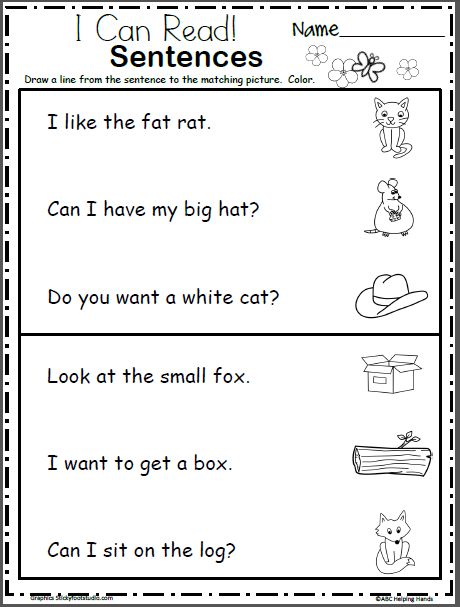
The Dodo
The dodo is probably the world's most popular and well known extinct animal. Learn more about these fascinating creatures and their disappearance in this short text. Answer multiple-choice and long response questions to sharpen skills. Suggested reading level for this text: Grade 4-8.
Diamonds
Diamonds are not only beautiful, they are the hardest material on Earth. They also come in many colors. Find out why in this informative passage. Suggested reading level for this text: Grade 4-8.
Child Inventors
You don't have to be big to make a big discovery. This short reading passage about child inventors will inspire your students. It will also give them practice with nonfiction reading skills. Suggested reading level for this text: Grade 4-8.
Honey Badgers
Did you know that honey badgers can sleep off cobra venom? It's true. Though small in size, the honey badger is renowned for its fighting spirit. Learn how they fight off much larger animals in this reading passage.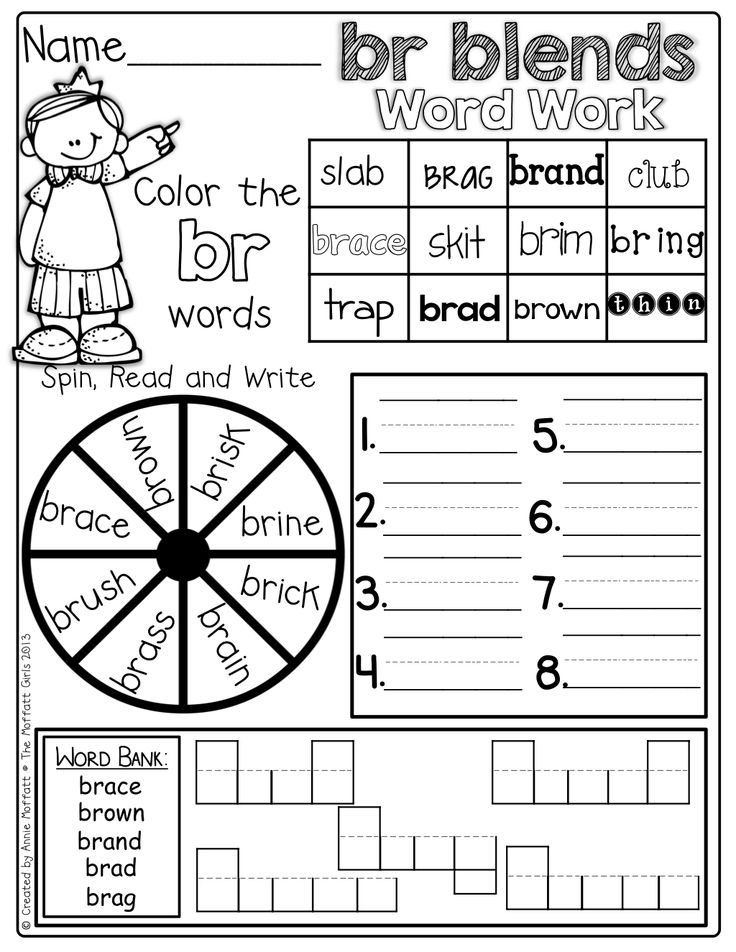 Then answer Common Core aligned multiple-choice and extended response questions, so that you can run up on a standardized test like a honey badger! Suggested reading level for this text: Grade 4-8.
Then answer Common Core aligned multiple-choice and extended response questions, so that you can run up on a standardized test like a honey badger! Suggested reading level for this text: Grade 4-8.
Koko
Koko is one special gorilla. Not only can she communicate in sign language, but her Facebook page has more Likes than mine. Learn about this unique creature in this short nonfiction passage and then answer multiple-choice and extended-response questions. All questions are aligned with Common Core State Standards. Suggested reading level for this text: Grade 4-8.
Carnivorous Plants
Plants are known for sitting still, but some plants are devious killers. Learn more about the amazing world of carnivorous plants with this short text. Then answer CCSS aligned multiple-choice and extended-response questions. Suggested reading level for this text: Grade 4-8
The Bermuda Triangle
Many mysterious disappearances have happened in the region known as the Bermuda Triangle.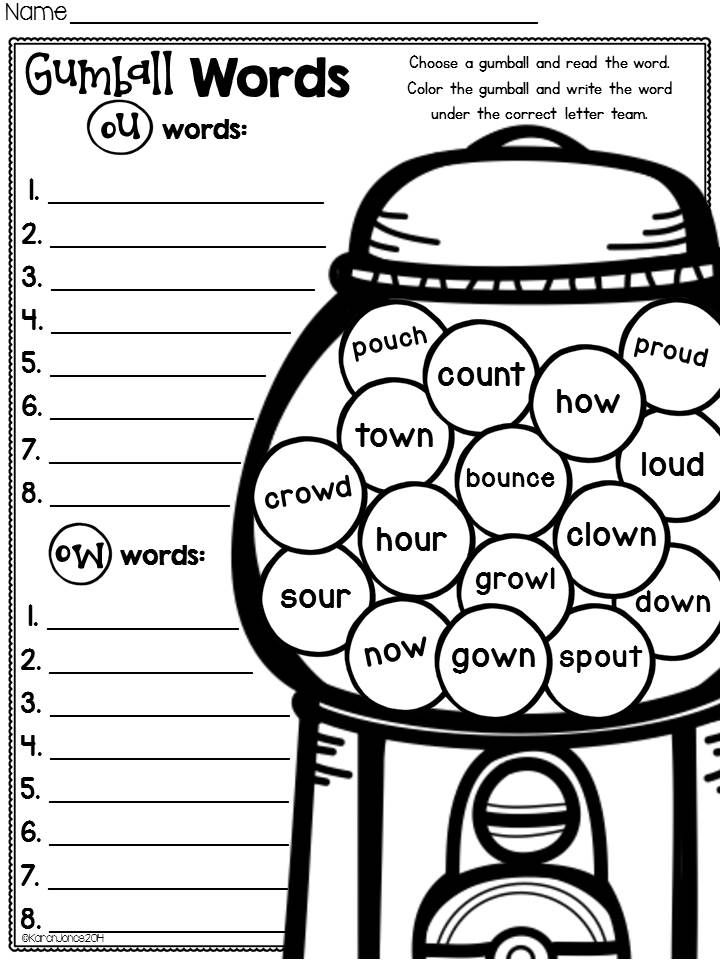 Boats, planes, and people have vanished. Some think paranormal or supernatural activity is at work. Skeptics think otherwise. Learn more about the Bermuda Triangle and its history in this article. Suggested reading level for this text: Grade 4-8.
Boats, planes, and people have vanished. Some think paranormal or supernatural activity is at work. Skeptics think otherwise. Learn more about the Bermuda Triangle and its history in this article. Suggested reading level for this text: Grade 4-8.
Worst Game Ever
E.T. for the Atari has been widely condemned as the worst game ever. Learn why while answering reading comprehension questions in this awesome nonfiction reading test. Suggested reading level for this text: Grade 5-9
Phishing
Computer hackers are scary, but learning about their attacks can help to keep you safe. This text teaches readers about a common attack, and how to protect against it. It covers reading skills like main idea, author's purpose, and making inferences. Suggested reading level for this text: Grade 4-8.
Asian Carp
Asian carp were imported to America to assist with a problem, but they escaped containment. Now they are threatening the Great Lakes' fishing industry. Learn more by reading this short text.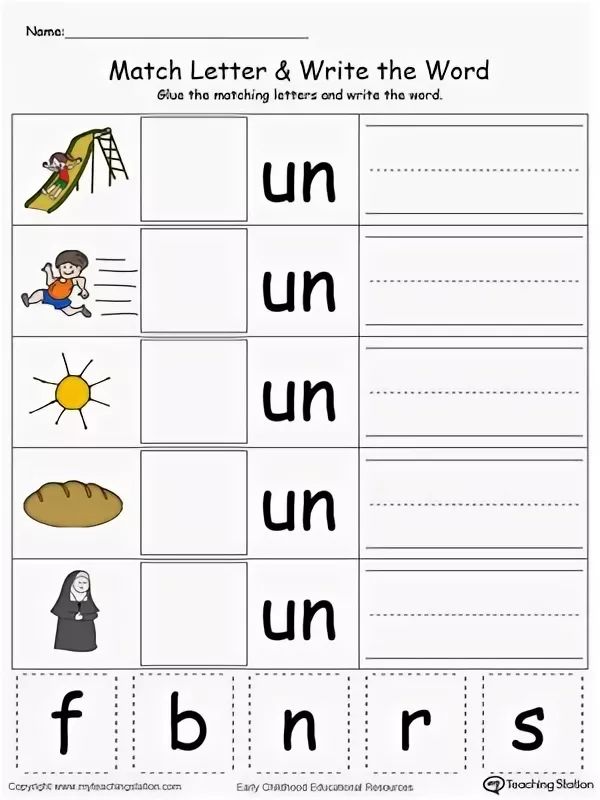 Then sharpen your skills with Common Core aligned multiple-choice and long-response questions. Suggested reading level for this text: Grade 5-9.
Then sharpen your skills with Common Core aligned multiple-choice and long-response questions. Suggested reading level for this text: Grade 5-9.
A Tale of Two Countries
North Korea and South Korea may have similar origins, but they have grown to become very different countries. Learn more about these interesting places by reading this short text, and then answer CCSS aligned multiple-choice and extended-response questions. Suggested reading level for this text: Grade 6-10.
All Nonfiction PassagesShort Stories with Questions
"Two Leaves"
This is a short story taken from Bambi, A Life in the Woods. It is about two leaves having a conversation before the winter. They are gripped with sadness and wonder but find some comfort in one another. Suggested reading level for this text: Grade 3-7.
"The War Sacrificies of Mr. Spugg"
This short story was written and set during the first World War. It has both humor and sharp social commentary.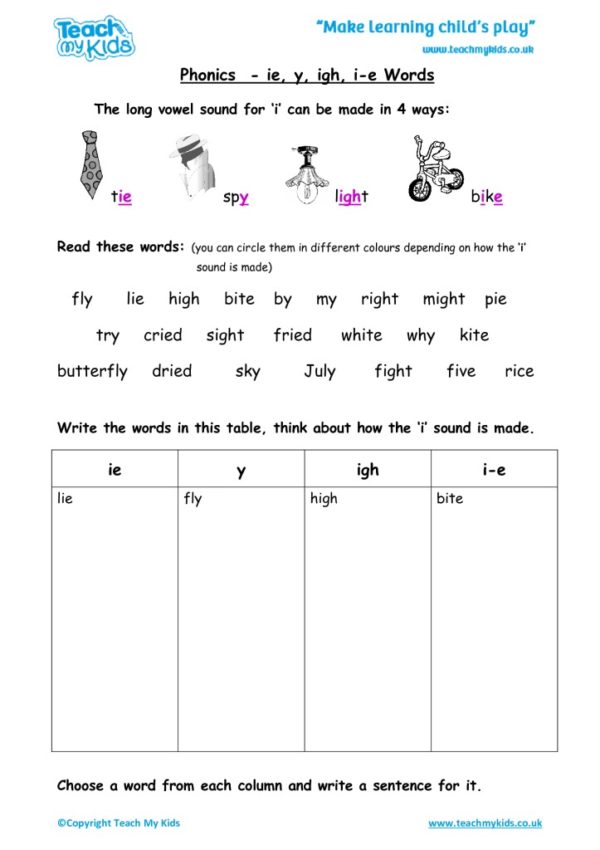 Readers see that the sacrifices made in the name of war are not equal. Yet the ironic tone of the piece makes it quite enjoyable. Suggested reading level for this text: Grade 4-8.
Readers see that the sacrifices made in the name of war are not equal. Yet the ironic tone of the piece makes it quite enjoyable. Suggested reading level for this text: Grade 4-8.
"That Spot"
This is the humorous story of a couple guys chasing after fortune during the Klondike Gold Rush. They acquire a mischievous dog named Spot and just cannot get rid of him. This one will have your students in stitches. Suggested reading level for this text: Grade 3-7.
"The Cowardly Lion and the Hungry Tiger"
From the man who imagined the Land of Oz comes a short story about peer pressure and testing one's morals. Students will like reading about these memorable characters and they should find the ironic outcome to be humorous. Suggested reading level for this text: Grade 3-7.
"The Tell-Tale Heart"
This is one of Poe's more accessible works. When I teach this text, I tend to play up the insanity of the narrator. It makes for a pretty good hook. This is also a good text to study when discussing the reliability of the narrator.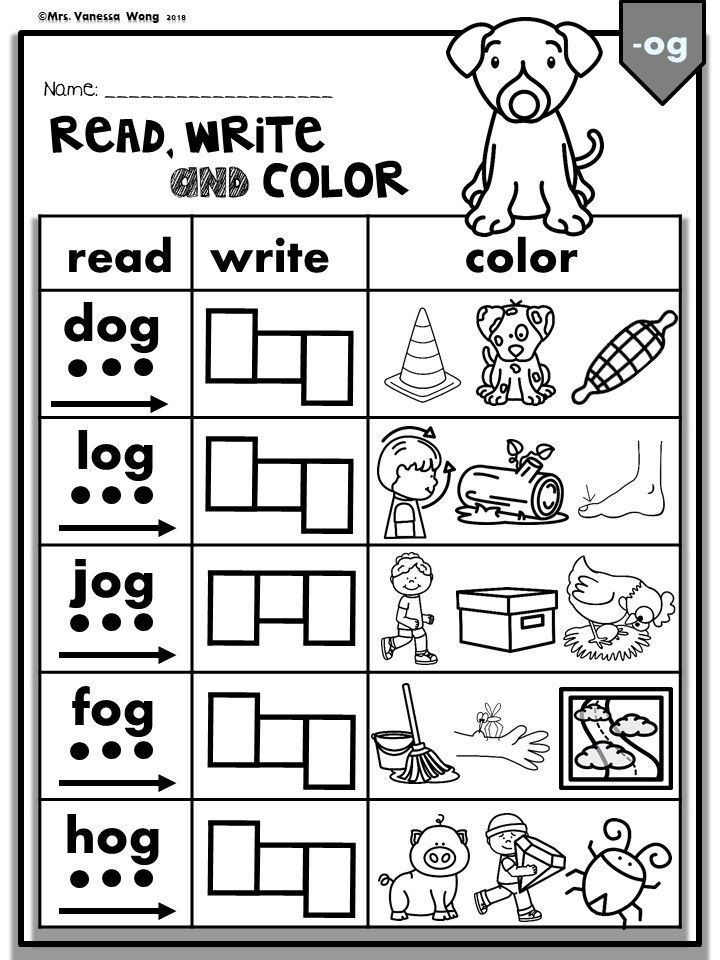 Warning: This text contains a murder and may be unsuitable for some audiences. Suggested reading level for this text: Grade 5-9.
Warning: This text contains a murder and may be unsuitable for some audiences. Suggested reading level for this text: Grade 5-9.
"The Gift of the Magi"
This is probably O. Henry's best known work. It is the classic Christmas tale of a young couple who sacrifice their most valued treasures for one another. It is a story that sticks with readers. Suggested reading level for this text: Grade 5-9.
"The Cat That Walked by Himself"
Written in the style of a folktale, this Kipling classic explains the origins of the domestic cat. This fun and cleverly written tale was borrowed from Kipling's Just So Stories. It is a great tale to study when discussing folkloric traits. Suggested reading level for this text: Grade 4-8.
"The Lottery Ticket"
A wise man once said, "Mo'money; mo'problems." This Chekhov classic brings those harsh words to life. The story is about a married couple who have a close encounter with a winning lottery ticket. This story helps to remind readers about what's really important in life.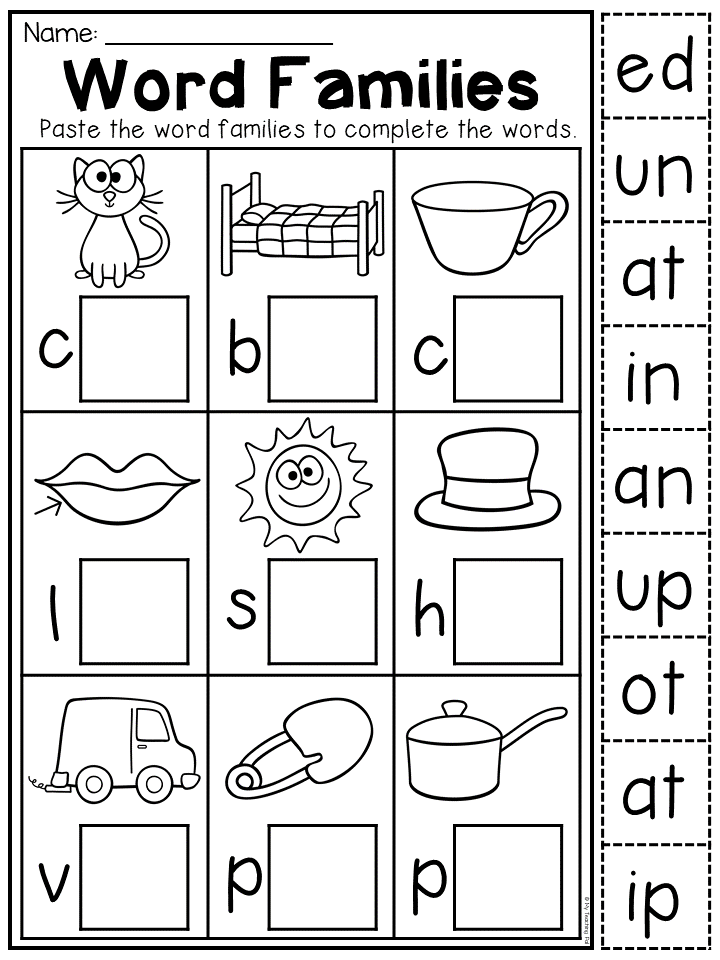 Suggested reading level for this text: Grade 5-9.
Suggested reading level for this text: Grade 5-9.
"The Ransom of Red Chief"
This is the classic O. Henry tale of a pair of kidnappers who find themselves at the mercy of their hostage. It's hard to read this one without laughing out loud at least a few times. Suggested reading level for this text: Grade 5-9.
"A Mystery of Heroism"
This is a thoughtful yet simply written piece set during a battle in the American Civil War. Crane, while capturing the terror and foolishness of war, dispels a heroic myth. WARNING: This text contains graphic descriptions of a violent battle. Suggested reading level for this text: Grade 6-10.
"A Respectable Woman"
A houseguest causes tension and excitement in a married woman's home. As with some of Chopin's other texts, this story deals with issues of infidelity, or at least the implications of such; however, if you are working with a mature group of students, this story is worth studying. Still, BE SURE TO READ THIS STORY FIRST BEFORE ASSIGNING IT. Suggested reading level for this text: Grade 7-11.
Suggested reading level for this text: Grade 7-11.
"A Piece of Steak"
This is the tale of a boxer who has come to the twilight of his career. The narrator follows him from his home to the ring, and readers learn about the passage from youth to wisdom. The resolution is unforgettable. Suggested reading level for this text: Grade 7-11.
All Short StoriesInferences Worksheets
Inferences Worksheet 1
Looking for a worksheet on making inferences? Check this out. Students read the short passages and then answer the inferential questions. Then they explain their answers by referencing details from the text. Suggested reading level for this text: Grade 4-8
Inferences Worksheet 2
Here is another worksheet on making inferences. Students read the passages and answer inferential questions. Then they support their answers with evidence from the text. Suggested reading level for this text: Grade 3-7
Inferences Worksheet 3
Here's another inference worksheet to give students practice with this challenging reading skill.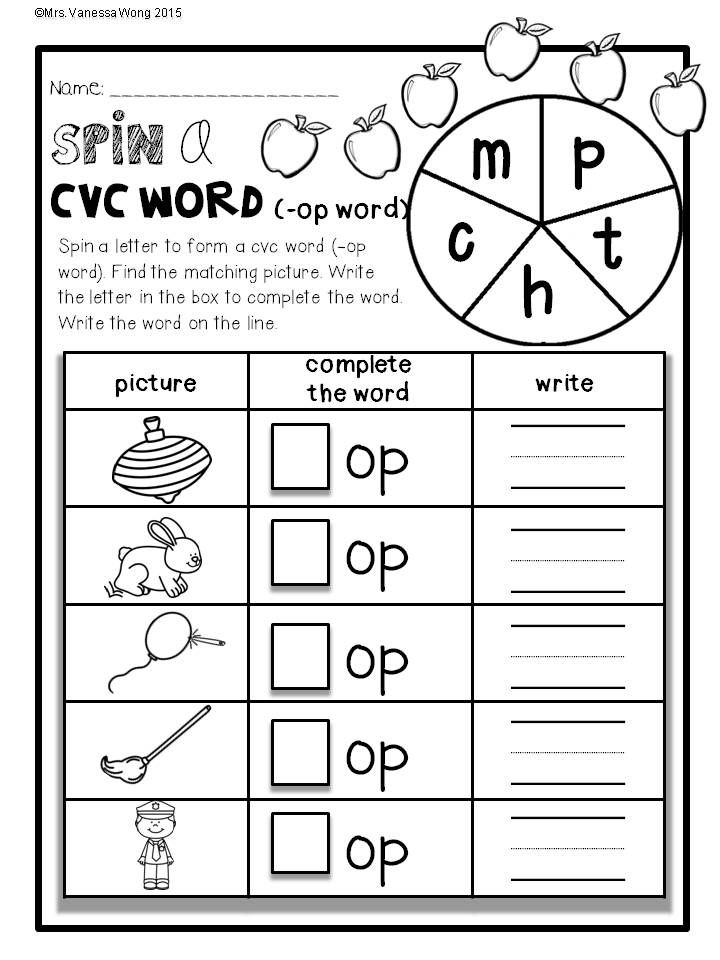 Students will read the passages, answer the questions, and support their answers with textual evidence. Suggested reading level for this text: Grade 3-7.
Students will read the passages, answer the questions, and support their answers with textual evidence. Suggested reading level for this text: Grade 3-7.
Main Idea Worksheets
Main Idea Lesson 1
Here is an animated PowerPoint lesson on main idea. The slideshow explains main idea and how to identify it in a text. There is also a practice activity at the end of the lesson with five practice problems.
Main Idea Worksheet 1
Here is a double-sided main idea worksheet. Students read seven original nonfiction passages and summarize the main idea of each passage. Also, students must think of a title for each passage that relates to the main idea of the text. Suggested reading level for this text: Grade 6-10.
Main Idea Worksheet 2
Here is another double-sided main idea worksheet. This worksheet features six more original nonfiction passages for your students to analyze. Students read the passages, disregard nonessential information, express the main idea, and think of a title for each passage related to the main idea.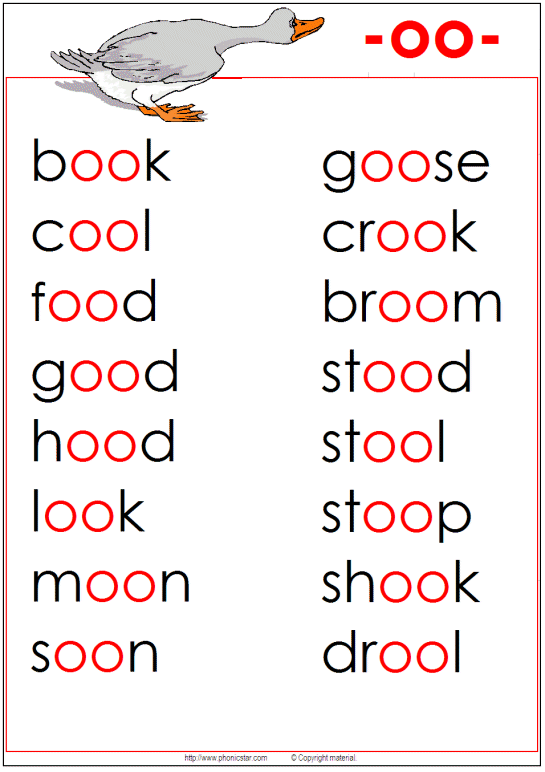 Suggested reading level for this text: Grade 6-10.
Suggested reading level for this text: Grade 6-10.
Main Idea Worksheet 3
Here is yet another double-sided main idea worksheet. This one is themed around robots and robotic technologies. Students practice identifying main ideas and coming up with appropriate titles for each passage. Suggested reading level for this text: Grade 6-10
Main Idea Worksheet 4
Here is one more double-sided main idea worksheet. Students read seven passages about money and systems of exchange. They summarize each paragraph, state the main idea, and think of an appropriate title for the passage. Suggested reading level for this text: Grade 5-9
Main Idea Worksheet 5
Here's another great activity to help students master main idea. Learn about some of the greatest scientists in human history while reviewing main idea. Read the passages, identify the main idea, and create appropriate titles for each passage. Suggested reading level for this text: Grade 7-11.
All Main Idea WorksheetsTheme Worksheets
Theme Worksheet 1
Are you looking for an engaging activity to help your students review or practice identifying themes in short stories? Good news! You've found one here.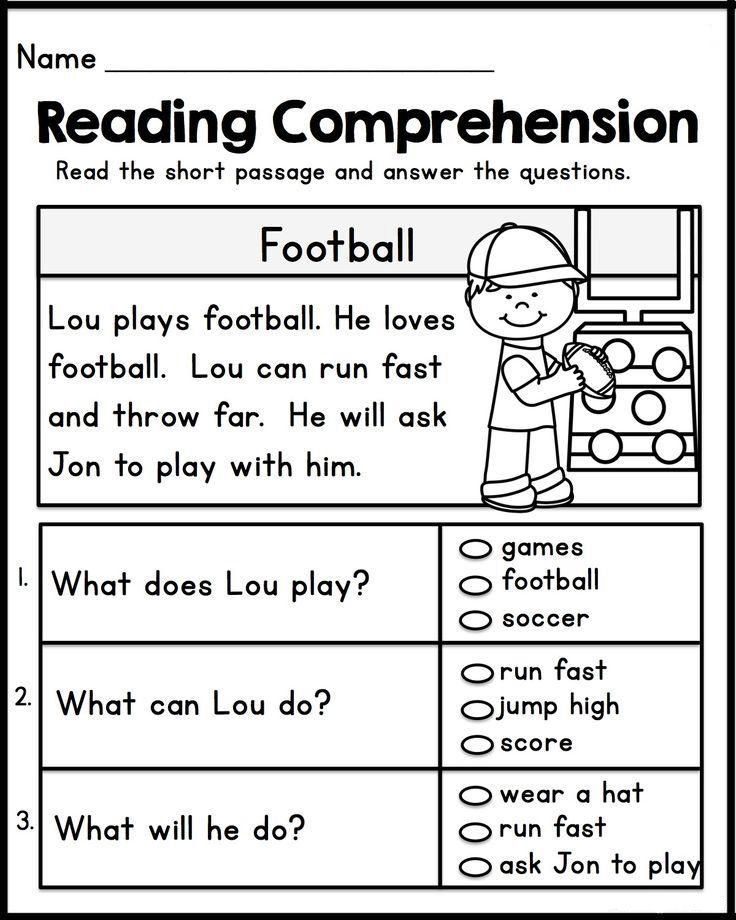 In this worksheet students will practice identifying themes in five short stories. Students will read each story, determine the theme, and explain their answers. Suggested reading level for this text: Grade 4-8.
In this worksheet students will practice identifying themes in five short stories. Students will read each story, determine the theme, and explain their answers. Suggested reading level for this text: Grade 4-8.
Theme Worksheet 2
Here's another engaging activity to help students practice identifying themes in short stories. In this worksheet students will read five original short story passages and determine the theme or message of the story. Also, they will explain how they got their answers. Suggested reading level for this text: Grade 4-8.
Theme Worksheet 3
Here's yet another theme worksheet to help your students master this challenging skill. Students read the short stories and extract the message. Then they support their answers with textual evidence. Suggested reading level for this text: Grade 4-8.
All Theme Worksheets
Story Structure Worksheets
"The Breakaway"
Here's an activity to help students review plot and story structure.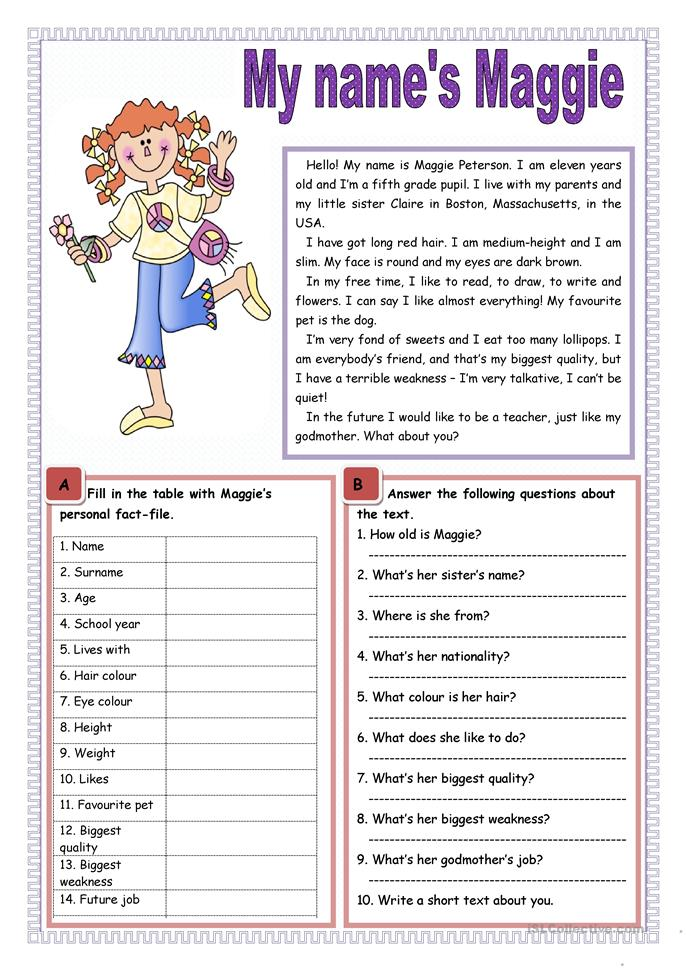 Students will read a motivational story about an athlete who sustains an injury and has to find another way to succeed. Then they will analyze and identify structural elements of the story. Suggested reading level for this text: Grade 4-8.
Students will read a motivational story about an athlete who sustains an injury and has to find another way to succeed. Then they will analyze and identify structural elements of the story. Suggested reading level for this text: Grade 4-8.
"When Gertrude Grew Great"
Students read a motivational story and identify the story structure parts: exposition, rising action, climax, falling action, and resolution. This activity includes a skill sheet that tests students' understanding of other reading skills as well. Suggested reading level for this text: Grade 5-9.
"The Phone Call"
Still looking for more worksheets about story structure and plot? Here's one more! This story is about a young man who overcomes an internal problem created by negligent family member. Students read the story and then complete a reading skill sheet that includes an analysis of the narrative structure. Suggested reading level for this text: Grade 3-7.
All Story Structure Worksheets
Characterization Worksheets
Characterization Worksheet 1
Here is a worksheet to help students practice characterizations. Students read ten short examples of character interactions. They identify an indirect character trait in each and explain their answers by referencing the text.
Students read ten short examples of character interactions. They identify an indirect character trait in each and explain their answers by referencing the text.
Characterization Worksheet 2
Here is another worksheet to help students practice identifying characterizations. Students read ten short passages. They identify an implied character trait in each. Then they explain their answers using text.
Characterization Worksheet 3
Here is yet another characterization worksheet to give students ample practice with this core reading skill. This worksheet has got another ten more problems. Students must identify characters' traits based on their actions in each. Then they explain their answers using text. This worksheet is great for homework or class work.
All Characterization Worksheets
Setting Worksheets
Setting Worksheet 1
Looking for a worksheet to help students practice identifying setting? In this double-sided worksheet, students read short stories.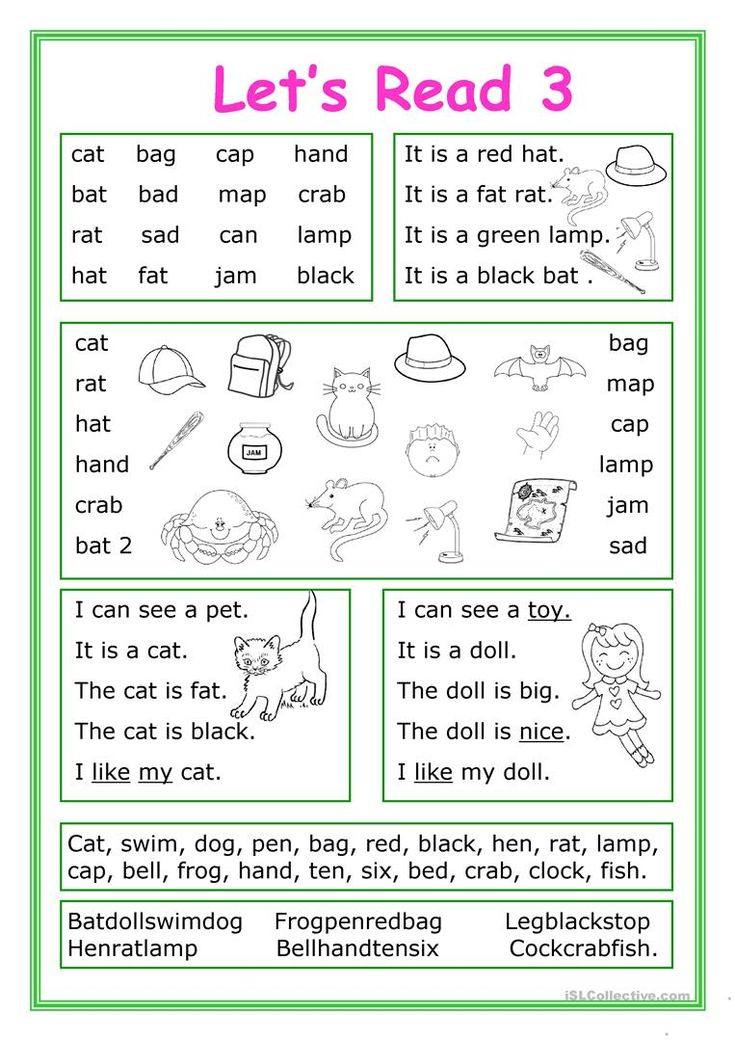 They determine the setting based on textual details and explain their answers. It has five passages and ten problems. This worksheet gives students great practice with determining story settings. Suggested reading level for this text: Grade 2-6.
They determine the setting based on textual details and explain their answers. It has five passages and ten problems. This worksheet gives students great practice with determining story settings. Suggested reading level for this text: Grade 2-6.
Setting Worksheet 2
Here is another worksheet that will give students practice with identifying and describing settings in stories. This worksheet has five short passages and ten questions. Students read each passage and determine the setting based on textual clues. Then they explain their answers. Suggested reading level for this text: Grade 2-6.
Setting Worksheet 3
Here is one more setting worksheet. This one has five passages and ten problems. Students determine the setting of each passage based on textual clues and explain their responses. Suggested reading level for this text: Grade 2-6.
All Setting Worksheets
Summary Worksheets
Summarizing Worksheet 1
Here is a worksheet to help students practice summarizing.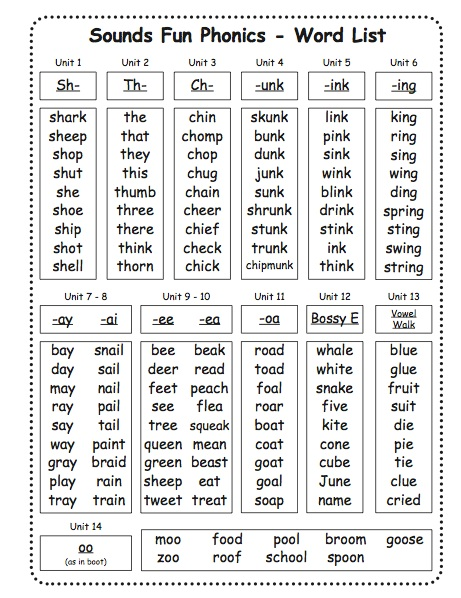 Read four nonfiction paragraphs about trains, highlight or underline important information, and write a title for the passage related to its main idea. Then create a summary.
Read four nonfiction paragraphs about trains, highlight or underline important information, and write a title for the passage related to its main idea. Then create a summary.
Summarizing Worksheet 2
My students loved reading these four nonfiction passages about ninjas. In this summarizing worksheet, students read the passages, summarize the content, and express the main idea of each passage.
Summarizing Worksheet 3
Here's another activity to give your students practice summarzing nonfiction texts. Students read a long passage about the lost colony of Roanoke, highlight or underline important information, and summarize each paragraph.
All Summary Worksheets
Making Predictions Worksheets
Making Predictions Worksheet 1
Looking for worksheets on making predictions? Here's one with ten practice problems. Students read short passages, determine what will happen next, and support their predictions with evidence. Suggested reading level for this text: Grade 5-9.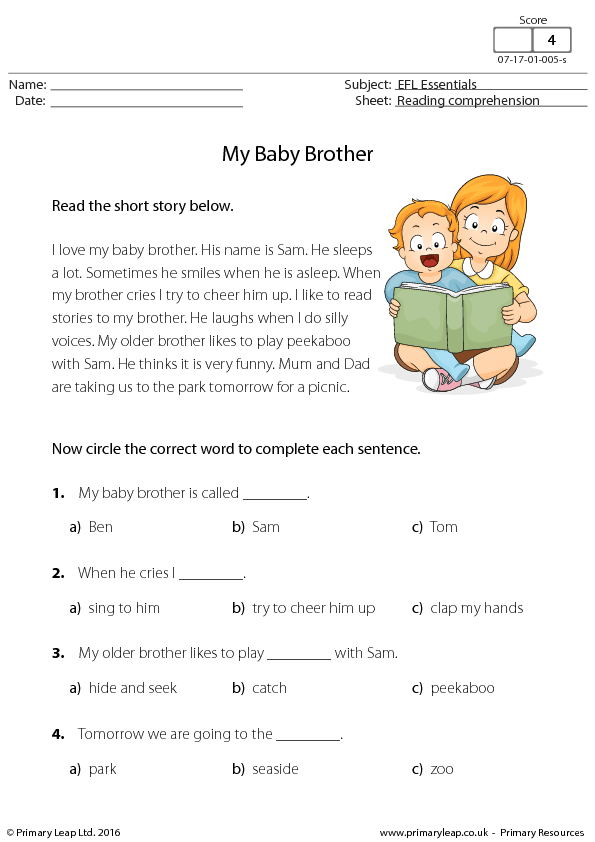
Making Predictions Worksheet 2
Here is another worksheet on making predictions. This one has five reading passages and ten questions. Students read the passages, predict what will happen next, and support their predictions with textual evidence. What more could you ask for in a prediction worksheet? Suggested reading level for this text: Grade 4-8.
Making Predictions Worksheet 3
Looking to give your student more practice with making predictions in stories? Here's another double-sided prediction worksheet! Students read the passages, predict what will occur next, support their answers with text. This is great practice. Suggested reading level for this text: Grade 4-8.
All Prediction Worksheets
These activities will help students master reading skills.
Related Content
Short Stories with Questions
Author's Purpose Worksheets
Narrator's Perspective Worksheets
All Reading Worksheets
Still looking for something?
Search here.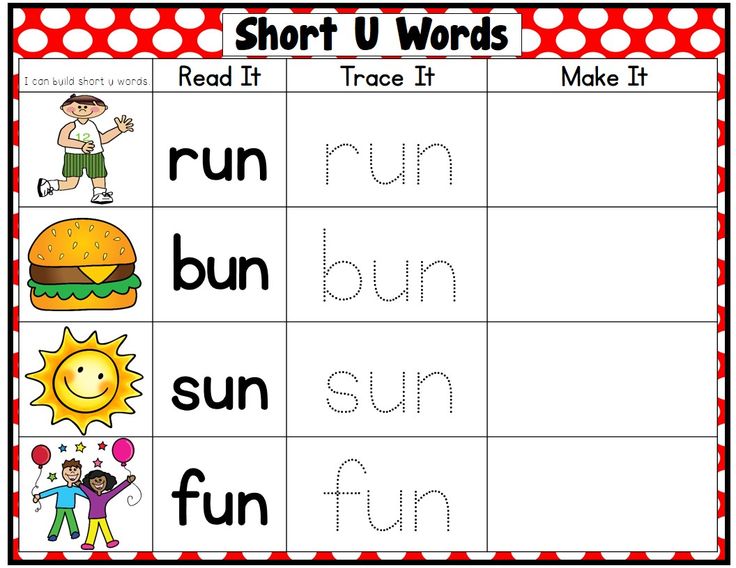
Sunday school. 5 years. Worksheets. Learning to read
Similar presentations:
The activities of the school camp with a day stay for children "Friendship" MOU school No. 71
My future profession: lawyer
Development of intellectual giftedness of children in the Novosibirsk region using distance learning technologies
Creative project "Planning a kitchen-dining room"
My future profession is military
Cases (situations of interaction between a child and an adult)
Creative project "My professional choice"
The development of coherent speech in preschoolers
Technology V.A. Ilyukhina "Letter with open rules" for primary school students
Technologies for neurocorrection of written speech disorders in junior schoolchildren with severe speech disorders
1. Sunday school 5 years worksheets.
Learning to read0027 U about the p and u l about a and to a and to the
ohiaua
AUOOUA
OoooAU
AUAOOO
Lesson No.
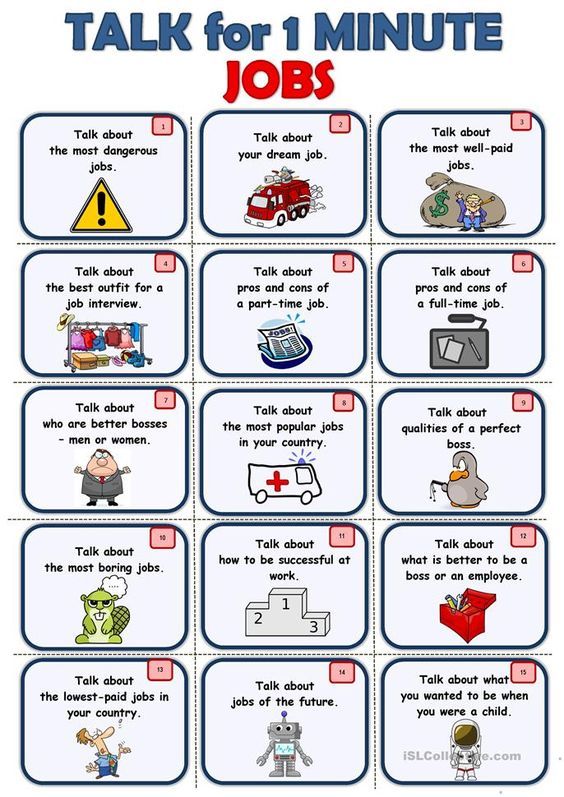 1.
1. Out the letters
AAAAAAA
oooooo Uuuuuuuu
The name
begins for
sound A
M u a u Mo M o M o U a M a m a um
Au wa au W au au wa ao w au au
am um um um om om om um
Mum mu mum mum mum mo mo
Ma-mah, ay ! Aw, ma-ma!
Lesson No. 2
Write the letters of the entire line.
Color objects with the sound M 9 in their name0027 Guess which picture is odd.
Pay attention to the last sounds.
Draw or glue a portrait of
mom and sign mom
a
o
y
m
s
Lesson No. 3
beginning, middle, end. Color
the corresponding square in the diagram.
Guess which picture is odd and color it.
a
Haoumssmaaumx
A msouaasmuoxu
X y A o O s M U x a S m
m
s
x
o
y
Find the place of the sound [X] in the title of the pictures: at the beginning, in the middle, at the end.
Color the corresponding square in the diagram.
Draw or glue objects in the name of which there is a sound
[x]
A
O
U
m MA
MU
C
CA
SU
x
Ha
Hu
R
RA
RO
ru
AmuoskhraukhrokhR
maosrskhuaumskho
A O R X U S M
o u x m ra
Lesson No.
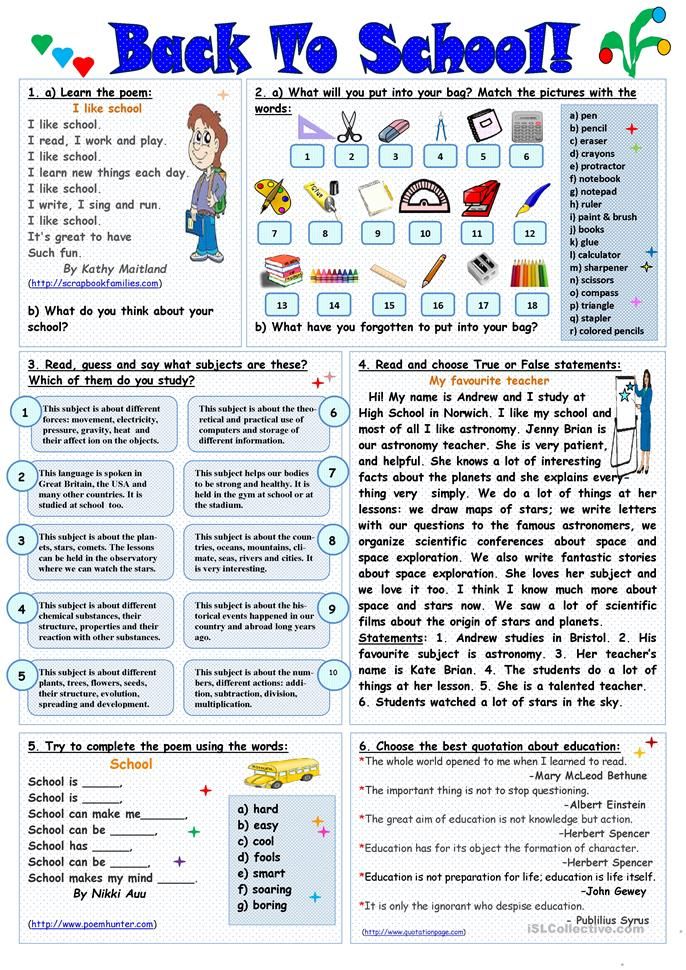 5
5 Insert the missing
letters in the words
mu_a, o_a,
ra_a,
x_r,
m_m_
m_x_m_r
Find the place of the sound [P] in the words: in the middle, at the beginning, at the end.
Color the corresponding square in the diagram.
A
O
U
A
O
U
m
MA
MU
AM
OM
COM
C
SE
SU
OS
x
H
Hoo
Hooh
Hooh
Ah 900
Ox
Ux
R
Pa
Ro
Ru
Ar
Or
Ur
sh
Sha
Sho
Shu
Ash
Osh
Ush
Shu-ra,
Sa-sha,
Ma-sha,
Mu-ra,
Lesson No. 6
Underline the letters denoting
vowel sounds
ARS O A KH U M
O U SHA SHO U
Underline the letters denoting consonant sounds
Find the place of the sound [Ш] in words: at the beginning, in the middle,
, at the end. Color the corresponding
square in the diagram.
A R S O A KH U M
S U S A W X M
Pair
A O U o a
M Sh R m r X
w x s C
a
o
y
s
a
o
y
s
m
Om2 We
Ma Mo Mu
C
CA
C
SU
SE
AS
OS
CU
С
x
H
hu
Hy
AH
oh
s
R
RO
RO
RO
RO
RA 900
Or
Ur
yr
sh
Sha Sho Shu
Ash
Osh Ush
ysh
Lesson No.
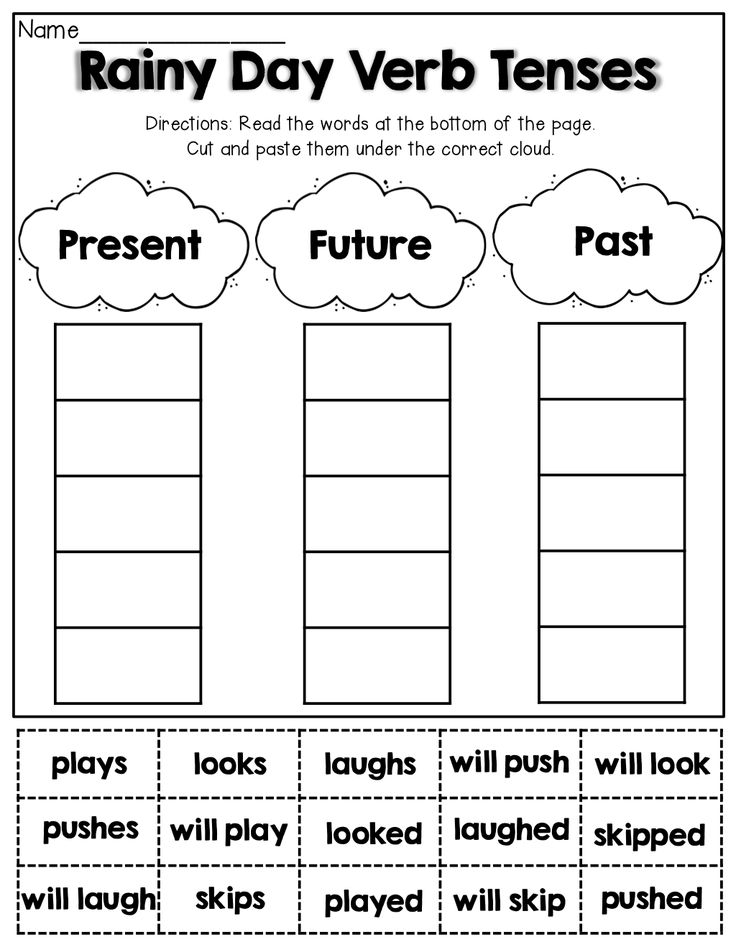 7
7 o-sy
u-sy
so-we
s-ry
r-we
Draw a red pencil around the picture in the name of which there is sound [s]
a
o
y
s
a
o
u
s
ma
m MO MU
We am
OM mind
s
C
CA
C
SU
SE
AS
OS
US
x
H
Hoo
Ah
Oh
О
d
RA
RA
RA
Ro
Ru
Ry
Ar
Or
Ur
yr
sh
Sha Sho Shu
Ash
Osh Ush
ysh
l
La
Al
Ol
yl
Lo
Lu
Ly
Ul
Cross out those pictures in the name of which there are no sounds [l]
or [07 we read]
sa-lo
ma-lo
so-we
sha-ry
Lu-sha
Roma
Sa-sha
La-ra
Lo-ra
ho-ro-sho
a
o
y
y
a
o
y
s
m
Ma Mo Mu
We Am
Om Um
ym
s
Ca
Co
Su
Sy
AS
OS
CS
С
x
H
HO
hu
ah
oh
Uh
R
R
RO
RU
AR
UR
SHA SHO SHO SHO SH
ASh
Osh Ush
Сh
l
La
LO
LY
AL
OL
Ul
N
B.
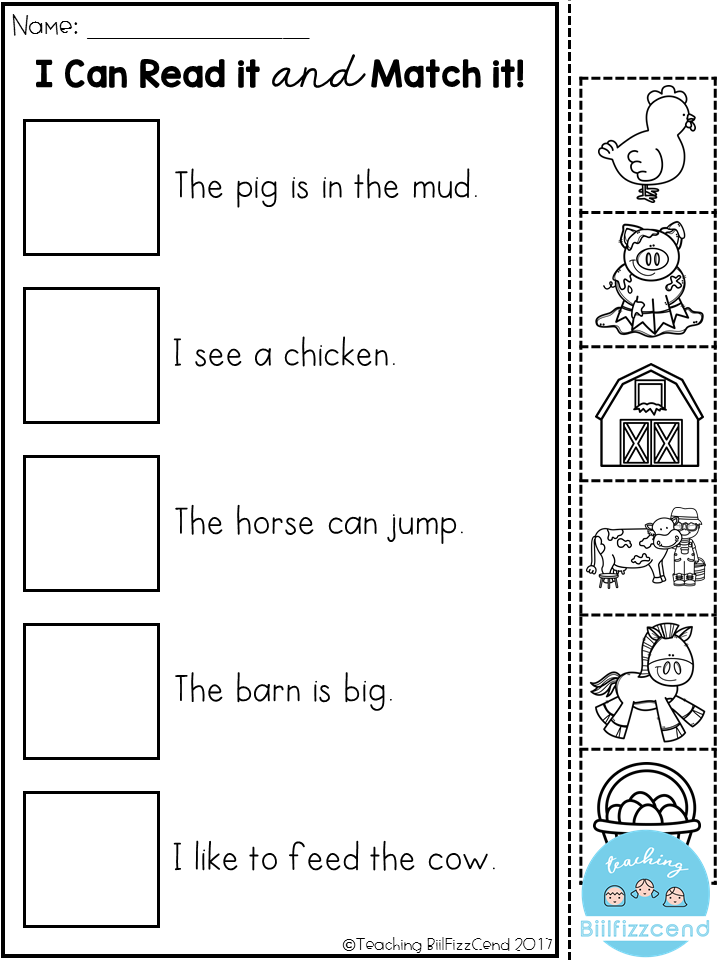 color those drawings where the name sounds
color those drawings where the name sounds soft sound [n '], in blue, where [n] sounds hard.
A
Lesson No. 10
O
in
s
A
O
in
s
m
mO
om Mind
Сom
С
CA
SU
SD
OS
OP
OP
OP
OP
OP
OP
OP 9002
b
x
H
HO
hu
Hy
ah
Oh
uh
s
R
RO
RU
AR
UR
Р
Sho
ОС
ОС ysh
l
La
Lo
Lu
Ly
Al
Ol
Ul
yl
H
on
But
Well
NOS
Ac
UN
EN
K
KA
K
KY
AK
OK
Criminal Code
Painted green color, where soft
sound is sounded [to the soft
sound [to ' ], and blue pictures with a solid sound [k].
Fill in the missing letter
ko-ra
ko…-ka
no-ra
but…-ka
ka-sha
ka…-ka
w…o-la
kush-…a
Lesson #10
a
o
y
s
a
o
y
s
m
MA MO MU
We am
OM MEM
T
C
CA
C
SU
SE
AS
OS
x
H
HO
Hy
Ah
oh
О
О
uh
ok
RA
RO
RU
RU
AR
OR
UR
С
Shah shu shu
ASh
Сsh
l
La
LU
LY
OL
SEL
NEL
NEL
NEL 9002 Na
Ho
Well
Us
An
He
Un
yn
K
KA
K
KA
AK
OK
Criminal Code
b
t
TU
TU
AT
dated
Ut
СT
Find and paint the pictures, the names of which are
begin with sound [T ]
Select only those animals and birds whose names
contain a hard sound [t] or a soft sound [t'].
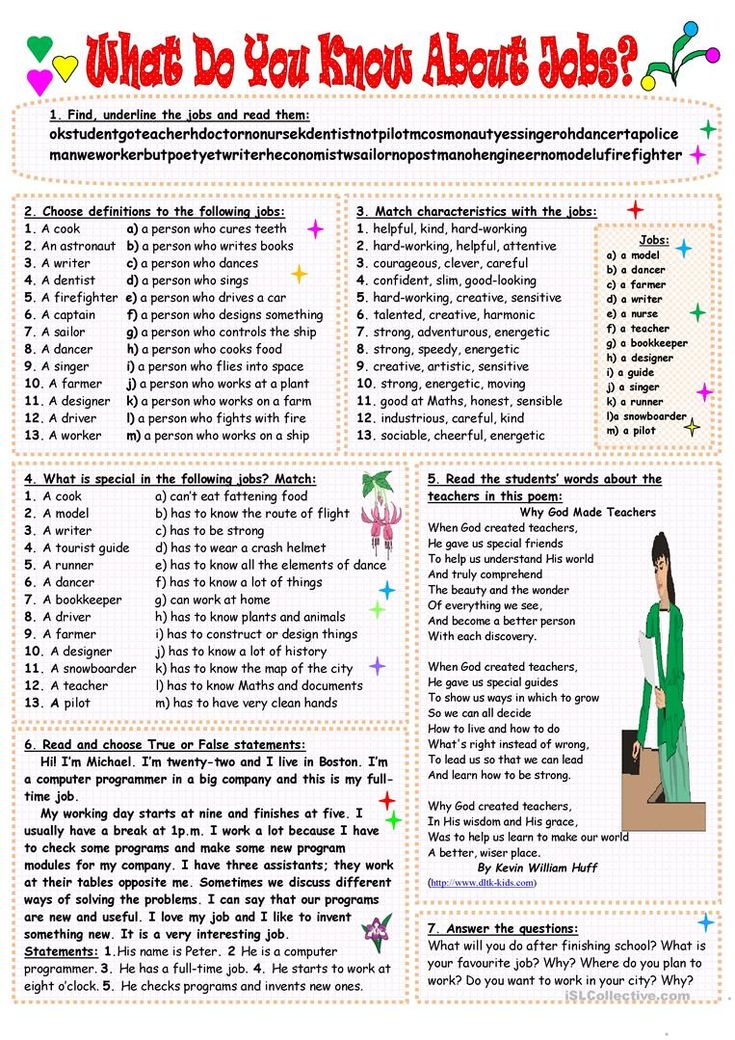
Color the birds.
Which picture is superfluous?
Pay attention to the first
sound.
Read the words.
Underline the vowel sounds.
Na-ta-sha
Ta-ma-ra
R-ma
To-ma
Lesson No. 11
W ... R ...
m
s
x
p
w
l
S ... R
n
k
s2
Hy RU
and
m
HI
s
s
sh yh yh yun yt
and
IC
RI
II
shi Li
Il
In
In
In
IN ki
ik
ti
it
Circle all the letters I in a circle, cross out the letters A
, underline the letters O.
In what words do these letters live?
Match the letters with the correct
pictures.
Read the words hidden here.
Find the matching pictures and match them with the
word.
Lesson No. 12
m
with
x
r
s we ry ry ry
Sh
l
N
t
P
’KYA PROSIS and MISHI ISHIA LIDIA
A masa
ha
rusha la na kata
pa
o mo so good koto
by
u mu su
pu
hu
rush lu nu ku
tu
Lesson #13
Find extra items
in each group.
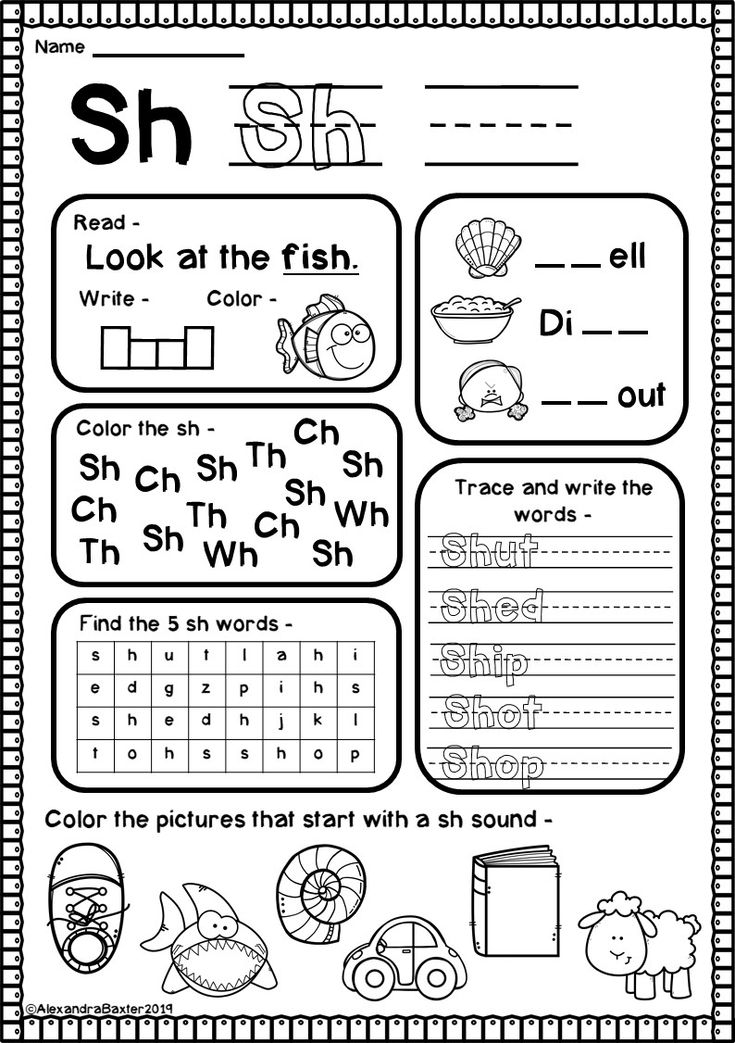
Color those pictures whose name
begins with the sound [p]
Look carefully at the pictures.
Say their names.
Make pairs of words and match the corresponding pictures.
S
K
m
x
R
Sh
L
K
T
P
s
We are iga ry
’KYA PULS
and
SI ZHI HIGHI RIH LI. type pi
a
sa za
maha
ra sha la na ka ta
pa
o
So Zo
mo ho ro sho lo but koto
to
y
Su Zu
mu hu
pu
ru shu lu nu ku
tu
Color the pictures in the title
of which there is a sound [z '] or [h]
Lesson No. 14
Words scheme
ant
m
with
x
Sh
l
N
t
p
p
s
msykhyry
and
mi sihi ri shi linea ki ty piz ii
a
massa
o
moso good koto
pozooi
u
mu su
pu zu
ha
hu
lyny kyty py ruzy
rasha 2 shu lu nu ku
My ball.

Mo-i sha-ri-ki.
to
pa for
My goat face.
My goats.
ai
uy
Lesson №15
Connect the syllables with each other, read
the received words and color each
word.
The sound [and] is sung, [th] - it is impossible to sing. Say
the names of the drawings. Circle green at
a circle of pictures in the name of which there is a sound
[Y]
Read the words. Insert the missing letters.
Read the word by the first sounds of
names of these pictures. Write it down.
ma. ka
for . ka
la. ka
cha . ka
u-le .
p. la
ma .
s . ma
snake .
l. article
sa-ra. M .-sha
No
Gu
Ko
Ko
No
Po
si
pa
ka
gi
for
sa
g
k
g
k ky
k
0027 objects
OKLV ___________
OVS ___________
Vrata ___________
Vronon __________
D
t
D
t
oh
and
DIC
and
IT IT
and
IT
and
O
to that
OD from
at
UD UT
AGSIIKLMELMEN -SUKHEV
Yshkhutsurponmldvkyigi
Agidziyklmnoprstukhy
Verse
Gardens
Cats
Gora
Gora
Cats
Gora
0027 Make a word from the first letters of the pictures
mother
elephants
goat
cinema
Color the learned letters vowels -
red, consonants - blue.

b
P
b
P
s
PRO
СB ФЗ
and
BI PI
IB IP
A
B. PP
AB AP
OP
in
Bu PU
OB
Abgziyymplm Lesson 1
Lesson #22
Look at the pictures. Write the words.
Read the words. Match them
suitable pictures
in
m
s
p
r
d
l
so
bred
u wumu su
pu ru du lu
e veme se
repartition
i knit
rya da la
radala
ju mu su py yu ju 7 Unscramble and write down the names of the children
Color the objects in the name
which the letter u lives
Connect the same letters in words and in
clouds. Cross out the extra letters in the clouds of
Lesson No. 23
s
and
A
I
in
you
VI
V
M
m
MI
MA
SE
SI
SYA
P. rdl
pyry dyly
pyridyli
paradala
pya da la
Lesson 24
Read the words.
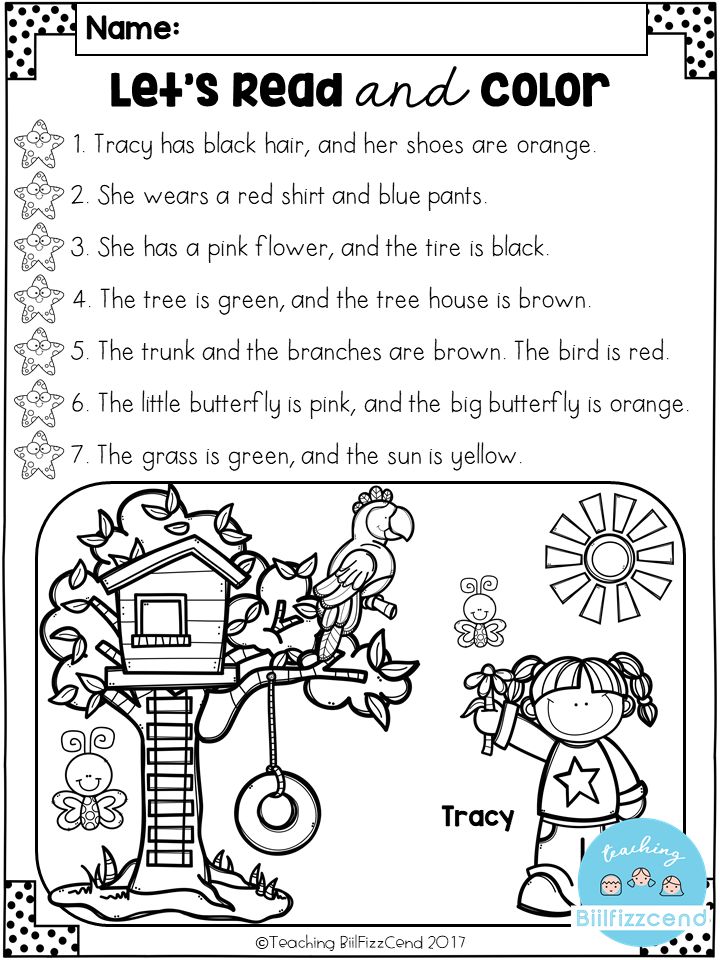 What you need in order to
What you need in order to cook soup and compote. Connect
with arrows.
s
and
A
I
O
ё
in
You
V
V
VI
in
VEO
M
ME
MO
C
SI
SE
SE
SE 9002 SE 9002 SE 9002 SI 9002
with
SO
P
PU
Pi
PO
PO
Pyo
R
RH
RH
RO
RO
D
DI
DY
DO
DO 9002 LS
li
la
la
lo
le
k
ky
ki
KA
KY
Ko
KOo
g
g
Gi
ha
g
GO
T
TA
TA
TO
TEO
K
ZY
ZY
ZYA
ZYA
ZYA
ZY
Abgziyikeledzhno -Projyuyuyu
Yzhhutsryashpobnmuyldvkiyozhi
Yaagdshziyklum -orejabybe
Connect the letters and pictures, the names of which
PIENT PLAS
.0027 pictures? Connect with arrows.
Color the pictures whose names
start with a vowel.
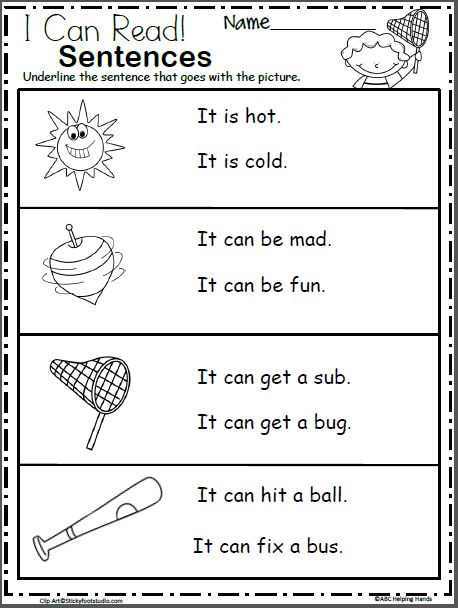
________________________________________________
________________________________________________
________________________________________________
________________________________________________
_______________________________________________
_______________________________________________
_______________________________________________
_______________________________________________
Lesson #25
Match the word with the matching
word
Lesson #26
Read the words. Connect among themselves those
which are suitable in meaning.
Read the words. Divide them into
syllables with a vertical bar.
Beads
Vanya
Natasha
Sasha
Olya
iron
duck
corridor
spring
flowers
Lesson №27
What letters are hidden here?
Fill in.
Guess the riddle, write the answer.
Find and write down
words
_______________________
_______________________
_____________________
_____________________
_______________
_______________
_____________________________
_____________________________
Find and color the letters
denoting vowels
in red, consonants
in blue.
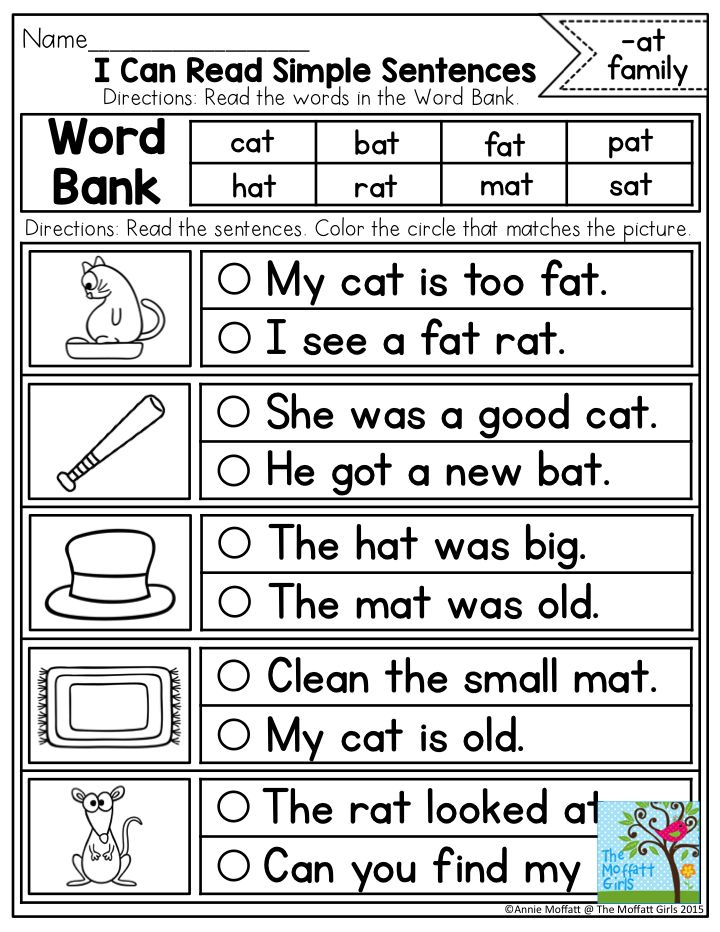
English Russian Rules
for children 7 years old and parents
Tasks for preparing children for school: reading by syllables, counting within 20, development of speech and thinking, preparing hands for writing.
Learning to read. Sound and letter "З"
Purpose : development of phonemic hearing, fixing the image of letters.
Material : sound cubes, letter Z card,
- Let's pronounce the names of animals together: zebra, goat, bison, hare.
- What is the sound that is in the name of each animal. (Sound Z and Z).
- What can you tell us about the Z sound? (The sound Z is consonant, voiced, it can be hard Z and soft Zb).
- Think of words that have a solid sound Z. (Rose, umbrella, hare).
- Think of words that have a soft sound Z. (Winter, Zina, zebra).
- Now I will call you words with Z or Z sound, and you will show the corresponding side of the sound cube.Hard sound is the blue side, soft sound is the green side of the cube.
Words: green, snake, marshmallow, evil, goat, splinter, winter, dawn, hares, etc.
- The sounds Z and Zz are denoted by the letter Z in writing.
The teacher shows a card with the letter Z.
- Circle the letter with your finger.
- Write the letter Z with your finger in the air.
The teacher gives the children worksheets and draws attention to the next task.
- Draw peas on the letter Z.
- Circle and complete the letters Z.
- Make up words for the sounds Z and Z.
Learning to read. Words
Purpose : learning to read, increasing reading speed.
Material : Worksheet.
- Read the words.
- Divide the words into syllables.
- Put the stress on the words.
- Underline the letter Z in the words.
Dictation. Words
Purpose : development of phonemic hearing, fixing the image of letters.
Material : worksheet, pencils.
The teacher dictates the words to the children, and the children write them down on the dictation in the worksheets.
- Order, splinter, teeth.
- What do all words have in common? (All words have a Z sound).
- Divide the words into syllables.
- Which word is in the plural, i.e. means many things? (Teeth).
- Tell me, what are the teeth? (Clean, white, diseased, dairy, indigenous, acute, etc.)
Learning to read. Sound and letter "Zh"
Purpose : development of phonemic hearing, consolidation of the image of letters, acquaintance with a new letter and sounds.
Material : card with the letter J, plasticine.
The teacher calls the children words with the sound J.
- Giraffe, beetle, leather, jacket, skis, etc.
- What sound is there in all words?
- That's right, sound J.
- Sound J, vowel or consonant? (Consonant).Explain your answer.
- Sound Zh voiced or deaf? (The sound is ringing).
Children must check the sound for loudness by closing their ears. If it rings in the ears, then the sound is sonorous.
- Let's pick up words with the sound Zh.
- Giraffe, pie, yellow, giraffe, jacket, foal, etc.
- In all words, the sound Zh is solid.
- The sound Zh can only be hard, it cannot be soft.
- Let's conclude.
- Sound Zh - consonant, sonorous, always solid.
Show the corresponding side of the sound cube. The blue side of the cube is a solid sound.
The teacher shows the children a card with the letter J.
Children circle the letter with their finger along the contour, "remember the letter."
- Let's see how many sticks are in the letter J. (Six).
- Let's make the letter Zh from plasticine.
- Roll up three sausages and place them in such a way that they intersect in the middle.
Learning to read. Fixing the image of letters. Letter Zh
Purpose : fixing the image of letters, the formation of grapho-motor functions.
- What letter is written on the worksheets at the top left? (Letter J).
- Write the letter J with your finger in the air.
- Draw peas on the letter Zh.
- Think about what the letter Zh looks like.
- Circle and complete the letters Zh yourself.
- Make up words with the sound Zh.
Reading syllables. Syllables with the letter Zh
Purpose : fixing the rules for reading syllables with the consonant j, increasing the speed of reading.
- Syllables are written on the worksheets. You already know that the sound Zh is always hard, which means that if after the letter Zh you saw the letter I, then Zh does not soften and is pronounced firmly ZhI. The same with the letter E. We see the letter E after the letter Zh - we pronounce firmly the SAME.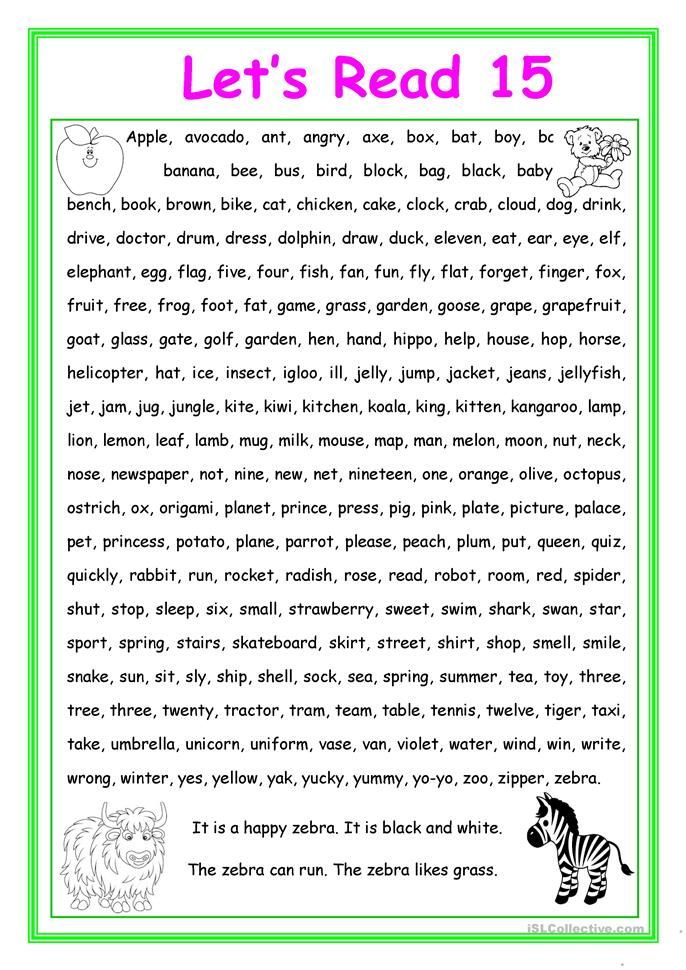
- Read the syllables.
- Make a sound scheme for each syllable.
- Make up one word for each syllable.
Mathematics. Counting within 20
Purpose : Practice counting within 20
Materials : cards with numbers from 11 to 20, counting sticks. Squares cut out of paper (small) - 20 pcs. on a child. Numbers.
1. The teacher gives cards and asks to put them in order. Then the children close their eyes, and the teacher rearranges some cards, breaking the order. Children must return everything to its place.
2. The teacher asks the children to count 10 sticks.
- How many tens did you count? (One ten).
- How many units are over ten? (None)
- If none, what number can it be designated? (Number 0)
- Write down the number 10.
The teacher puts 10 sticks connected on the table.
- Over ten sticks, I will add 3 more sticks (Places them to the right of the ten).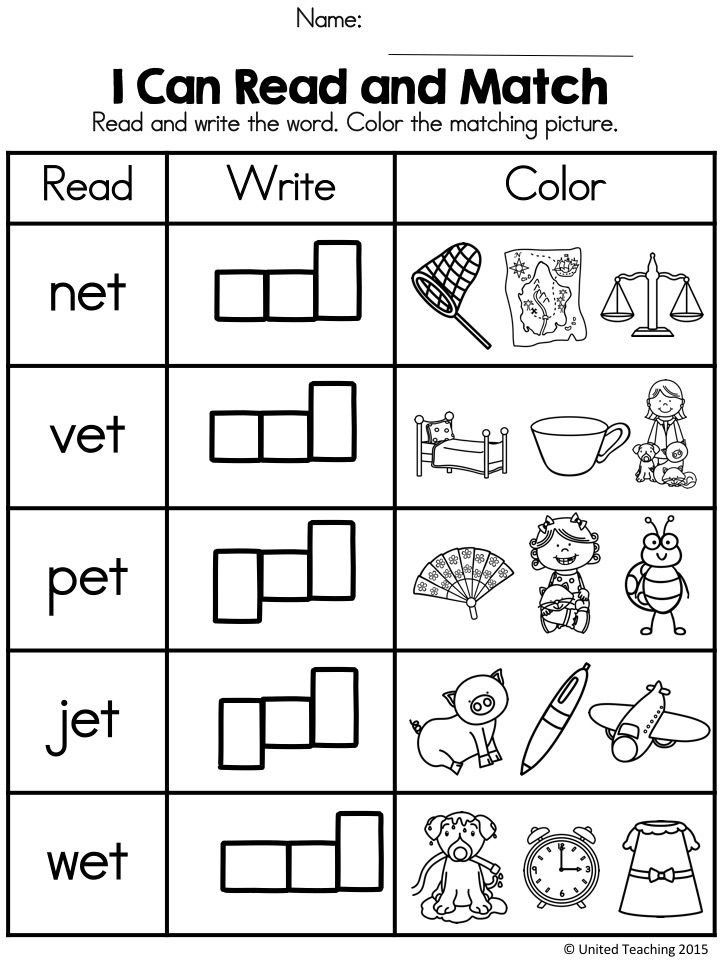
- Count the same number of squares. "Write down this number."
- How many sticks did I put in? (13)
- How many squares do you have on the table? (13)
- How did you write this number? (Instead of 0, they put the number 3. It shows that there are 3 units in the number, and the number 1 shows that it has 1 ten).
- Add any number of squares, as many as you want and "write down" the resulting number.
- Tell me how many squares you have on the tables.
Development of speech. Generalizing words
Purpose : speech development, vocabulary replenishment, thinking development.
Material : ball.
The teacher organizes a ball game. The teacher throws the ball and calls groups of objects, you answer how these objects are called in one word.
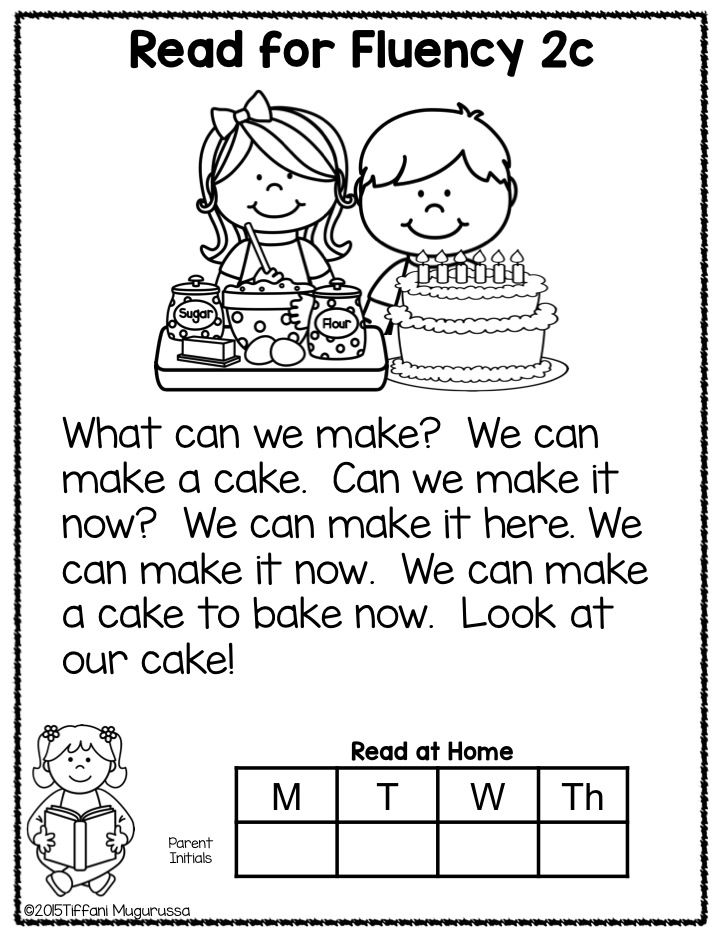 .. (trees).
.. (trees). Mathematics. Neighboring numbers
Purpose : formation of the concept of "neighbors of a number".
Materials : worksheet, pencils.
- What number comes after 6? After 4? What number comes before 2? Before 8? Before 10?
- Which number is greater than 5 or 4? Why? (Because 5 follows 4 when counting, so 5 is greater than 4.)
- Each number has neighbors. The neighbors of a number are the numbers that come before this number and after this number. For example, the neighbors of 5 are 4 and 6, with 4 being the smaller neighbor and 6 being the larger neighbor.
The teacher gives the children worksheets.
- Write in the empty boxes "neighbors of the number".
- Name the larger neighbor of the number 9 and the smaller neighbor of the number 3.
Development of thinking. Points
Goal : development of thinking.
Material : Worksheet.
- Look closely at the figures that are drawn point by point.
- Redraw the figures point by point, trying not to make mistakes.
Mathematics. Dimension
Purpose of : to teach how to measure the length of an object using a conditional measure, to teach how to show 1/5, 2/5, etc.
Materials : strip of colored paper 15 cm long, 2 cm wide, colored paper measure 3 cm long and 2 cm wide (other color), scissors, pencil. Any counting material.
The teacher shows the strip.
- How can I find out the length of the strip? What needs to be done for this? (Listen to the answers).
- Imagine that this long strip is a material, and from it we will make towels for dolls. Here's the length.
The teacher shows the measurement.
We explain the rules of measurement:
1.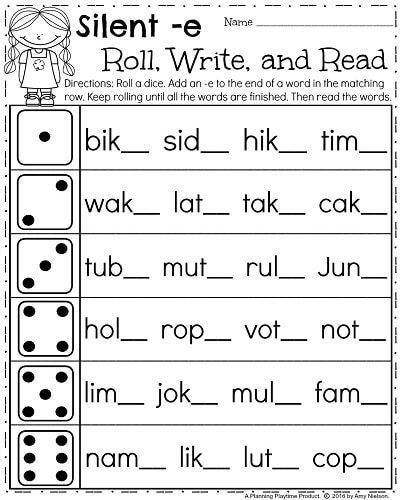 Start measuring from the edge of the strip.
Start measuring from the edge of the strip.
2. To measure, you need to apply a measuring strip to the strip.
3. Mark the end of the measurement with a pencil.
4. When the measure fits completely, expose some object (counting material) so as not to forget how many times the measure fits.
The teacher offers to check how many times the measurement fits. Children measure the strip and put out counting material, such as a button.
- How many times did the measurement fit? Cut the strip along the marks. Put them in a row.
- Show one part.
- Now show two, three parts.
- How many parts are there?
Development of attention. Figures
Purpose : development of attention.
Material : Worksheet.
- Name the figures that are drawn on the worksheet.
- Count the figures.
- Circle the squares in red, triangles in blue, circles in yellow.
- Count how many triangles, squares, circles.